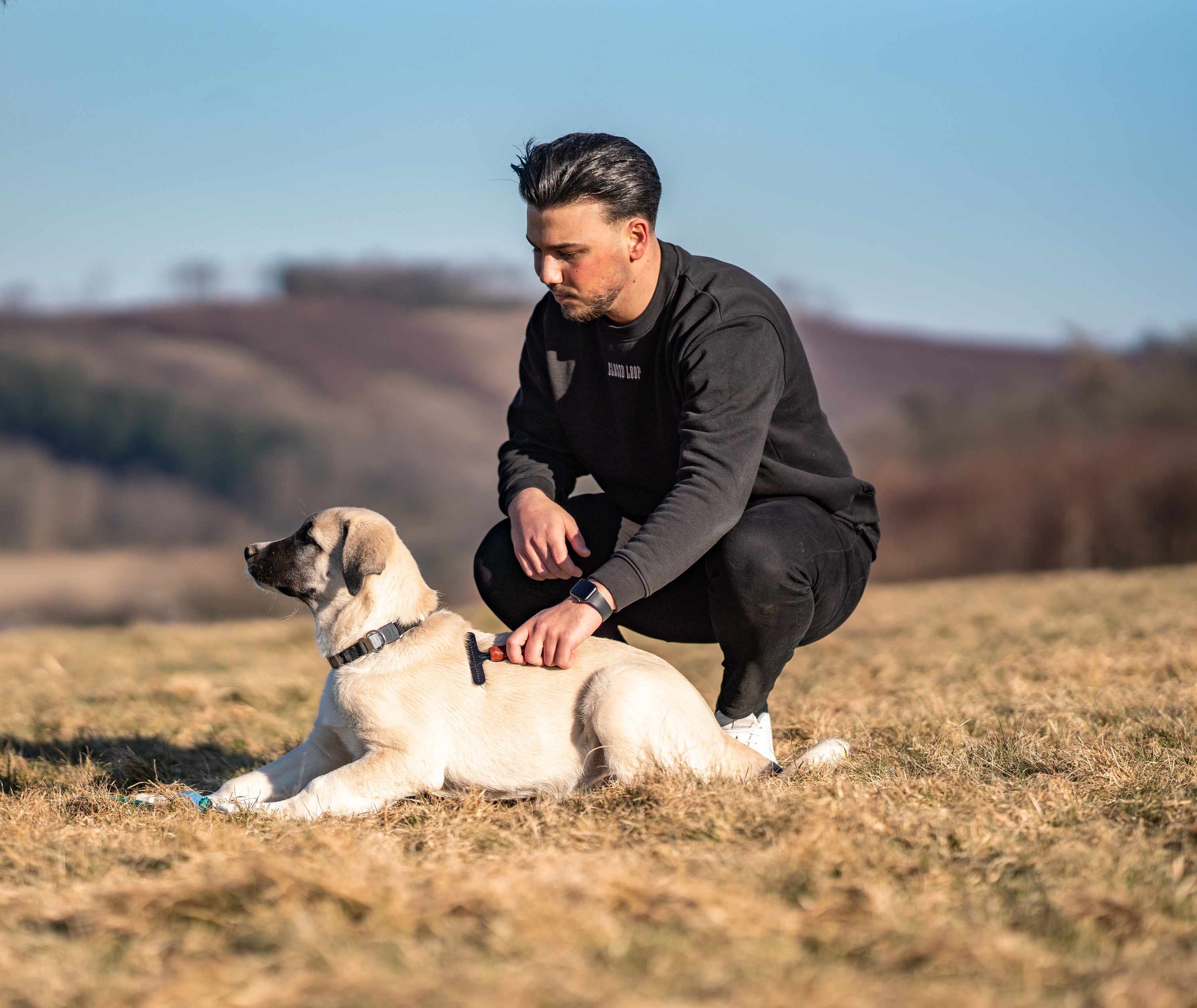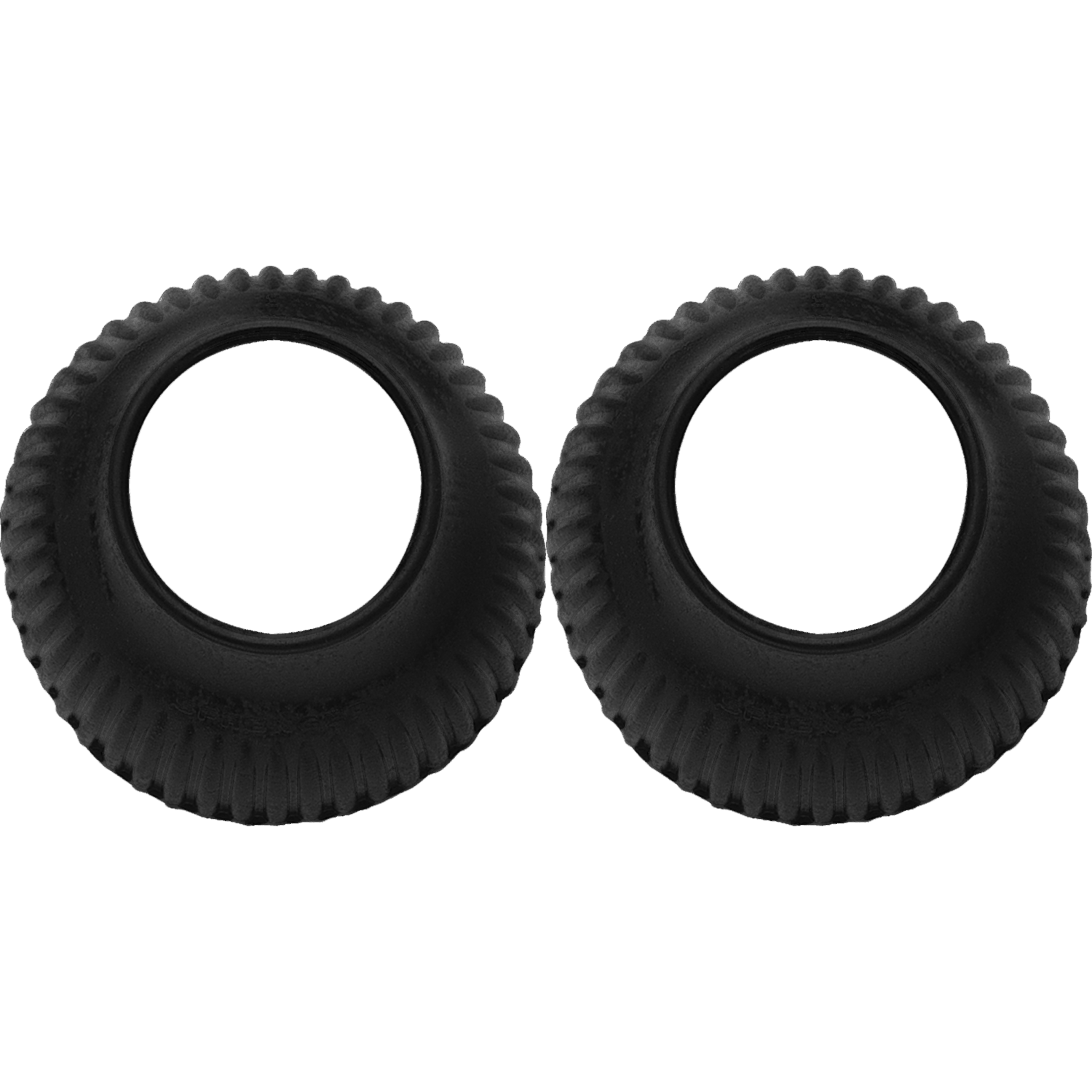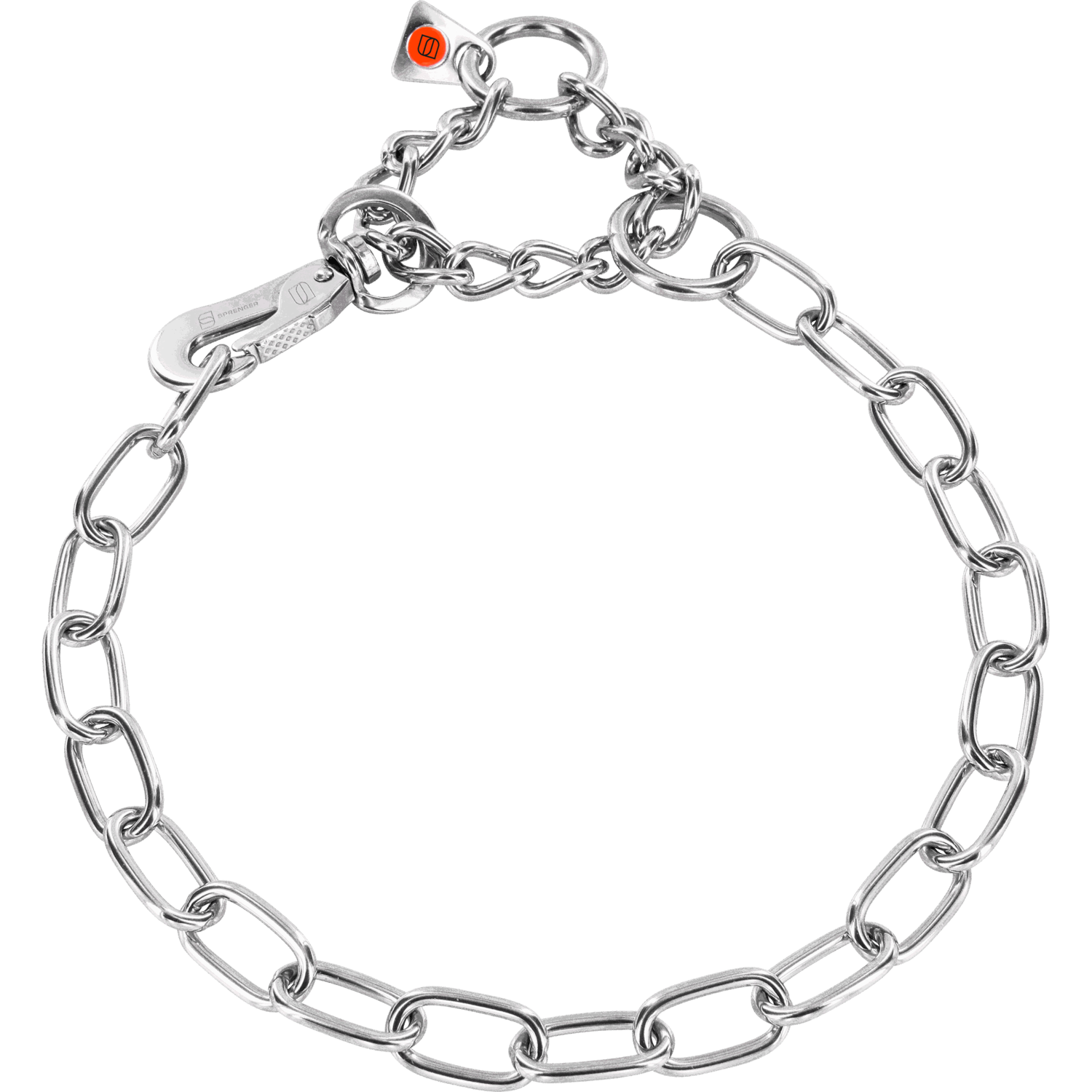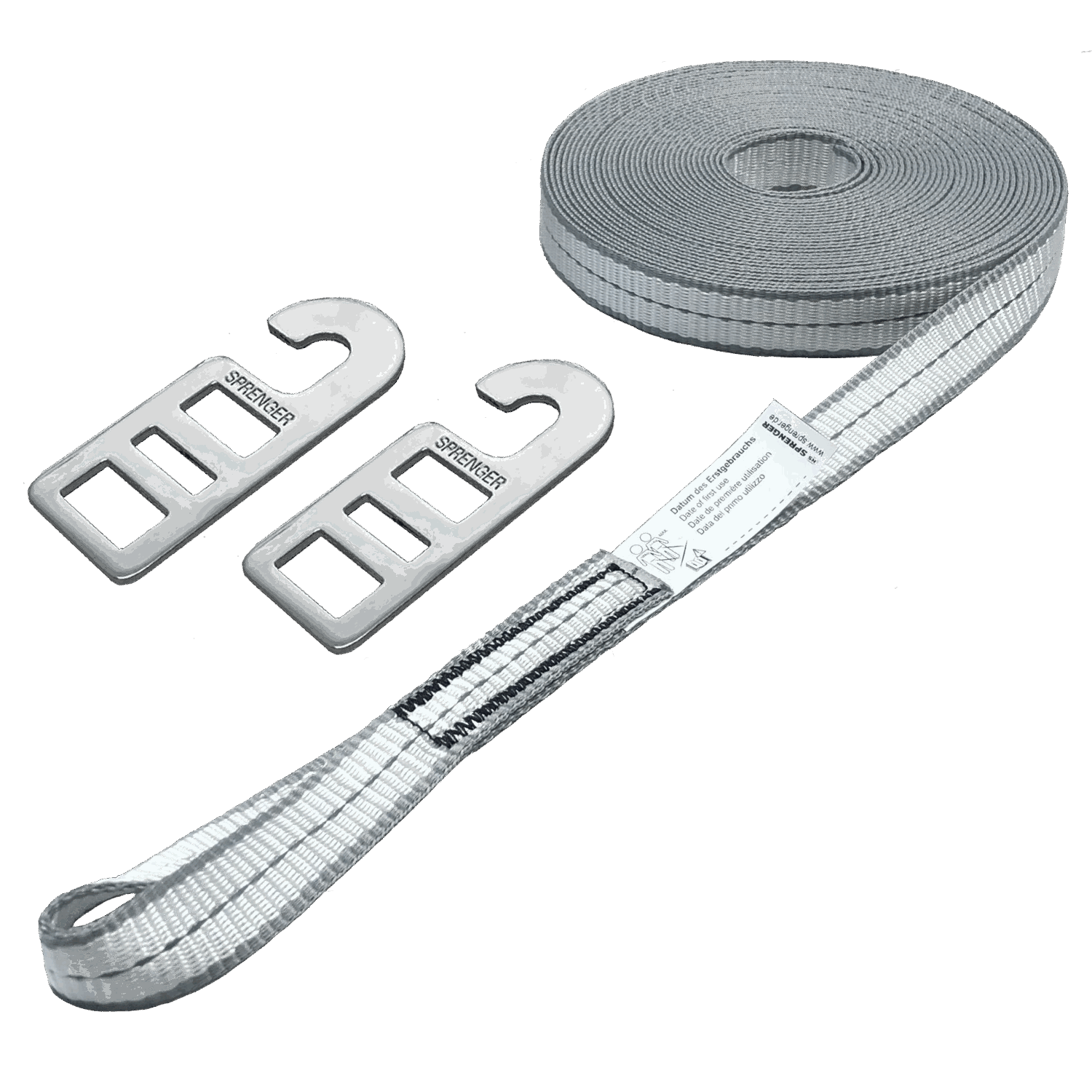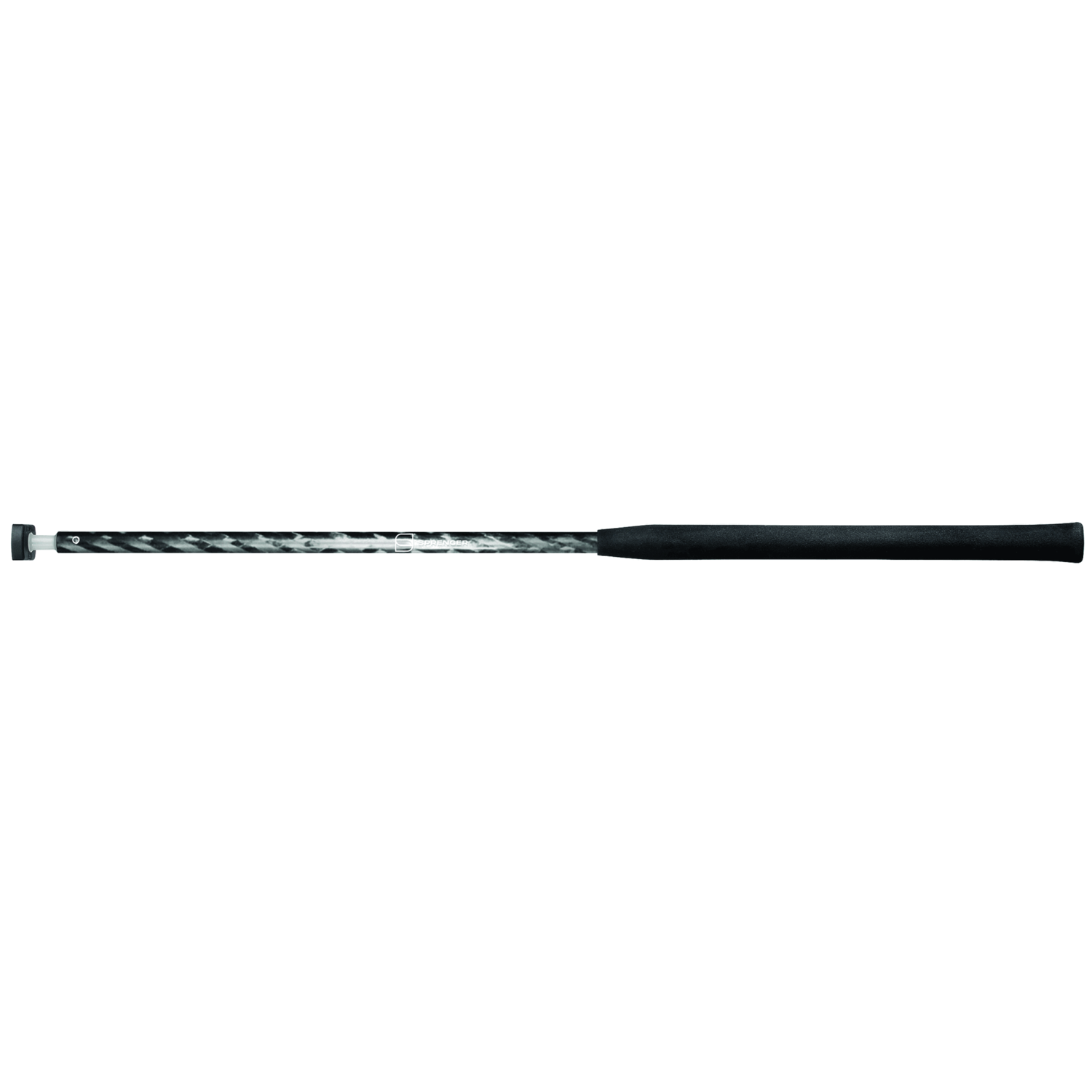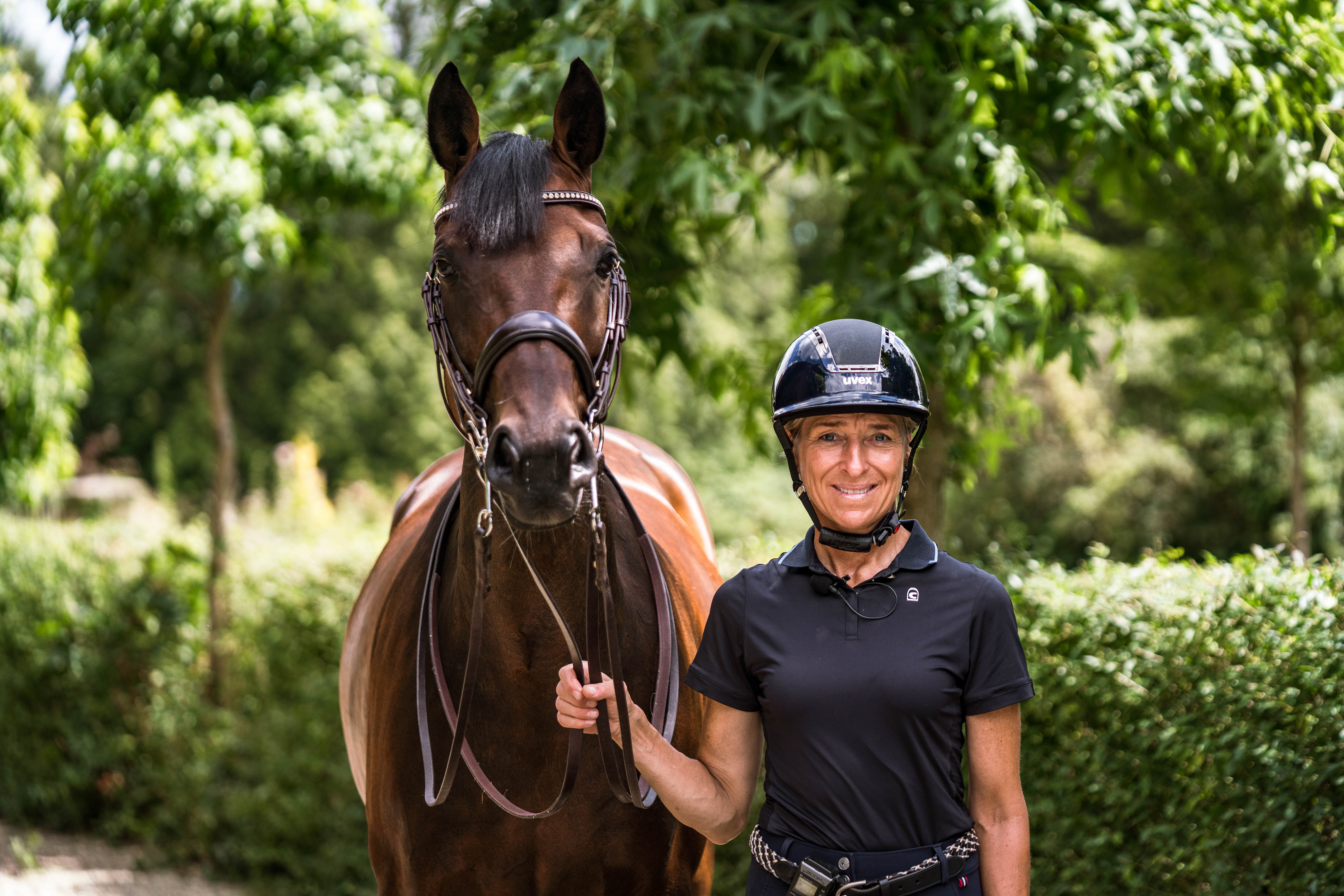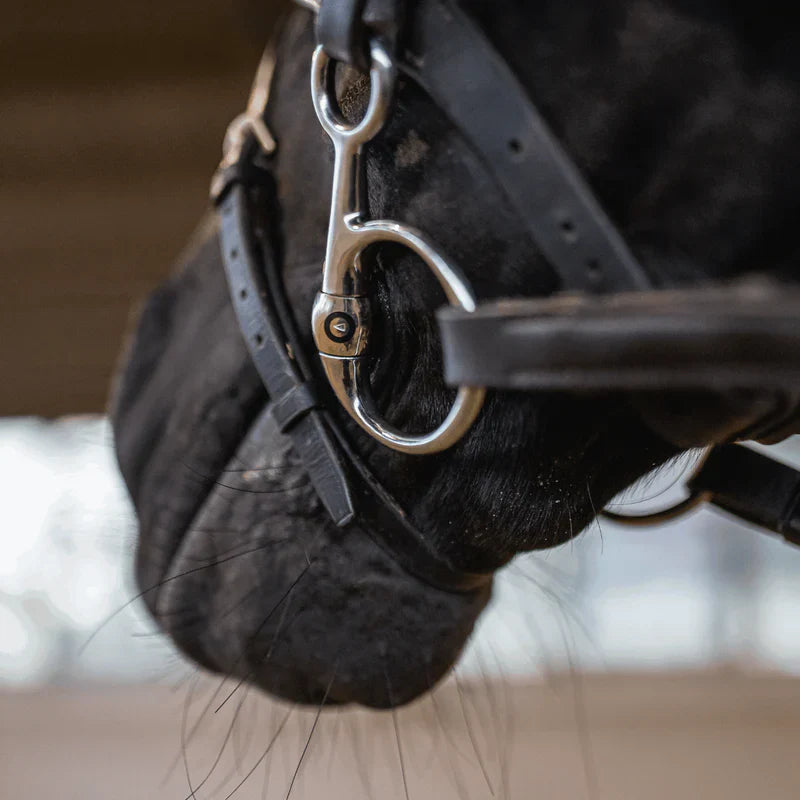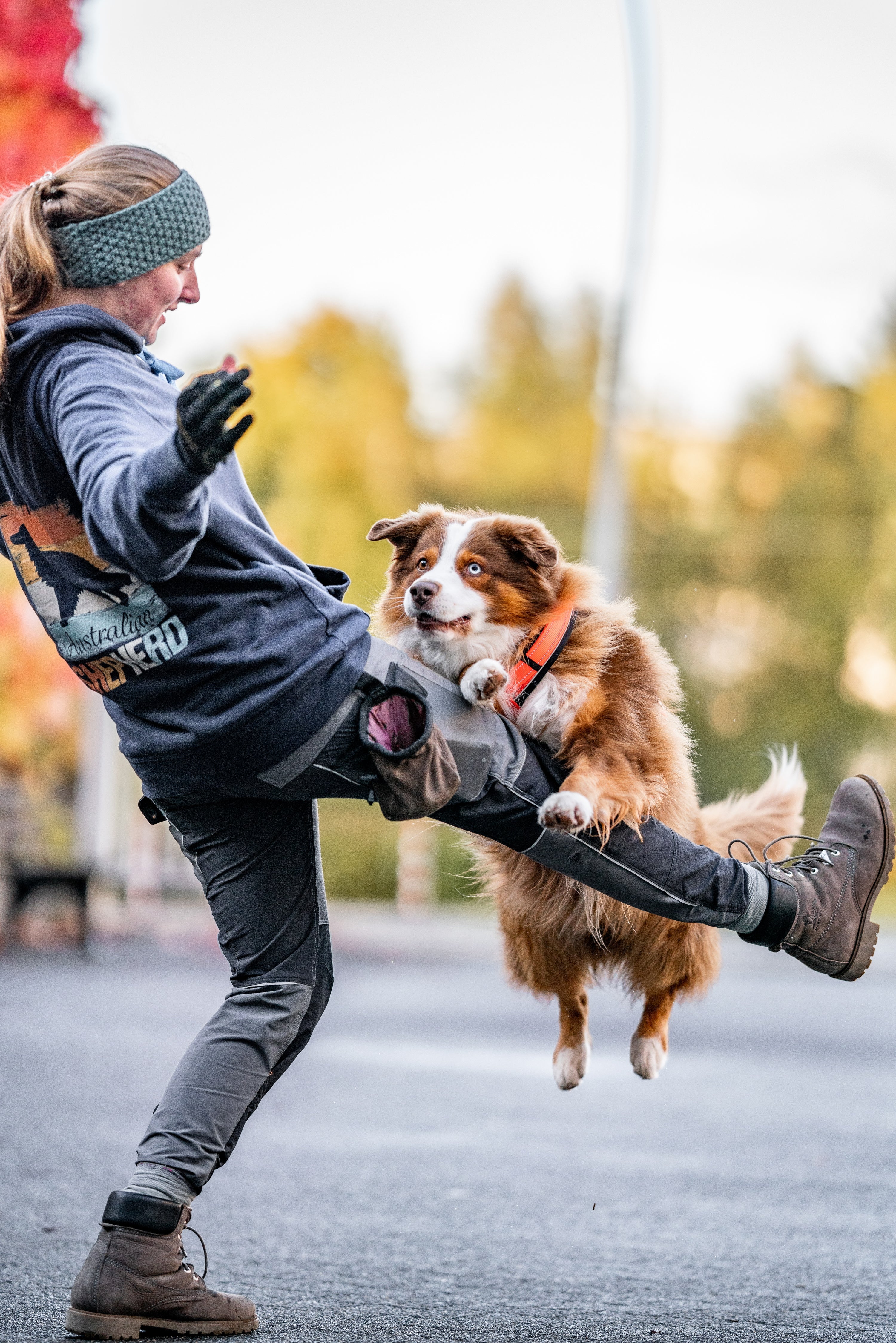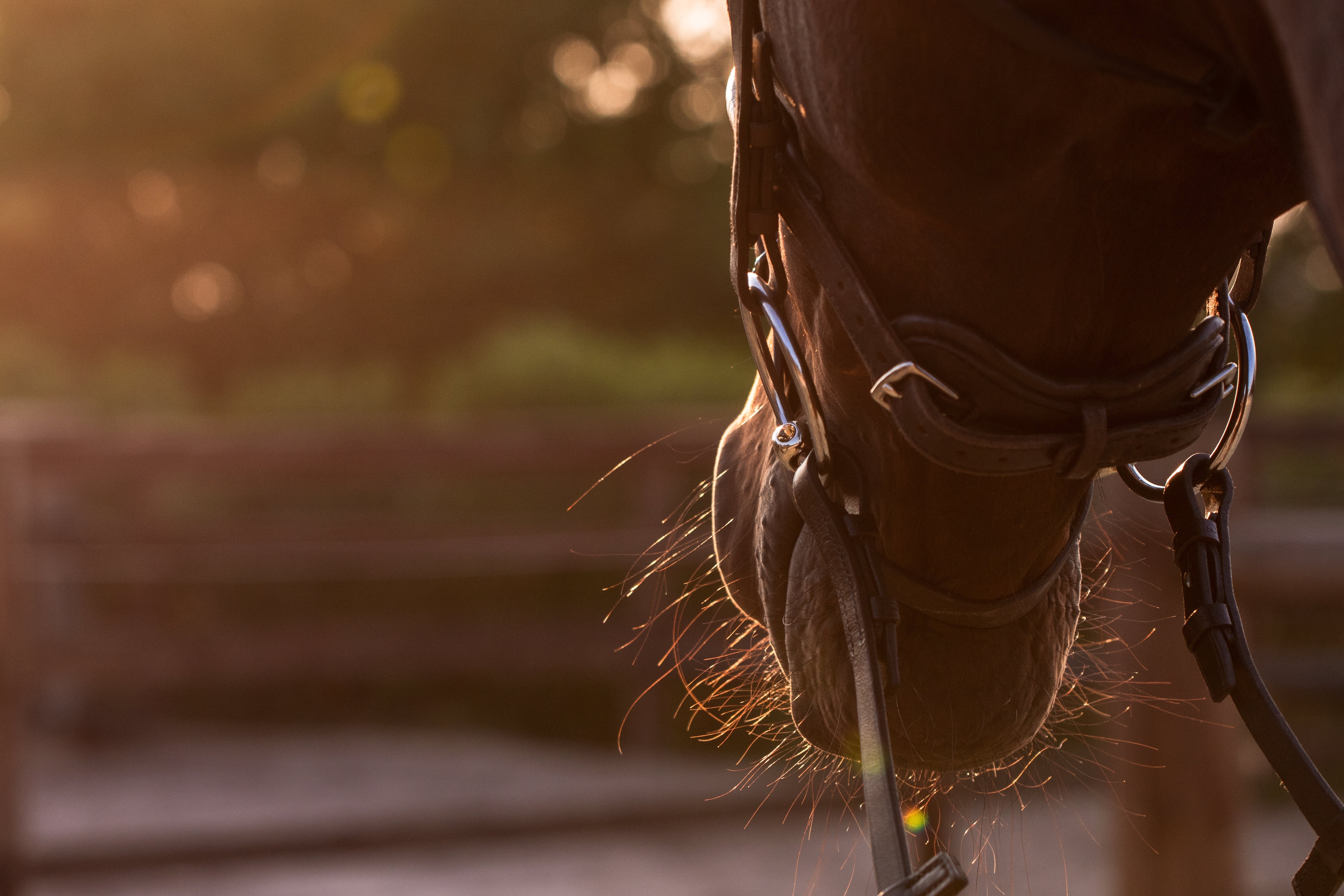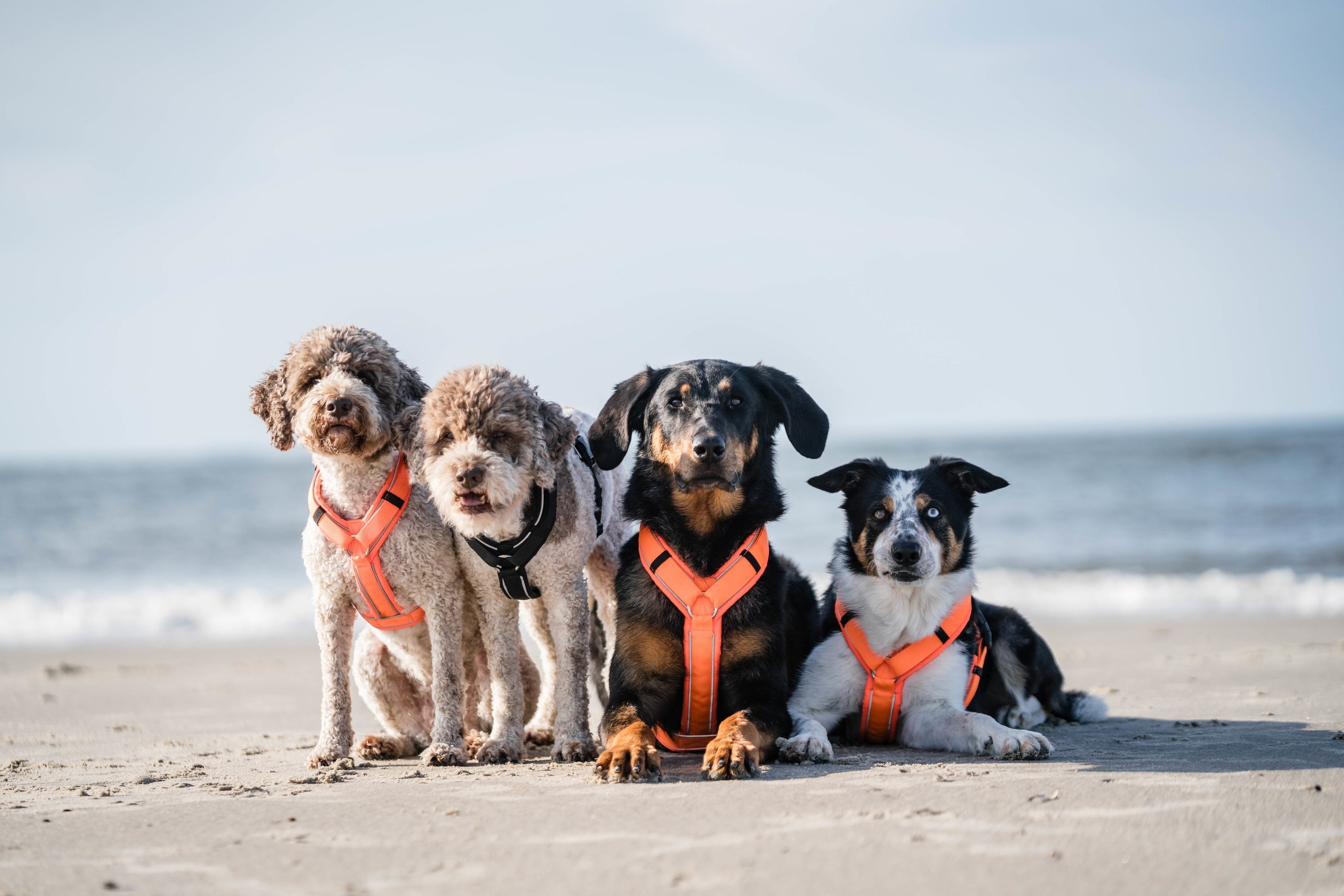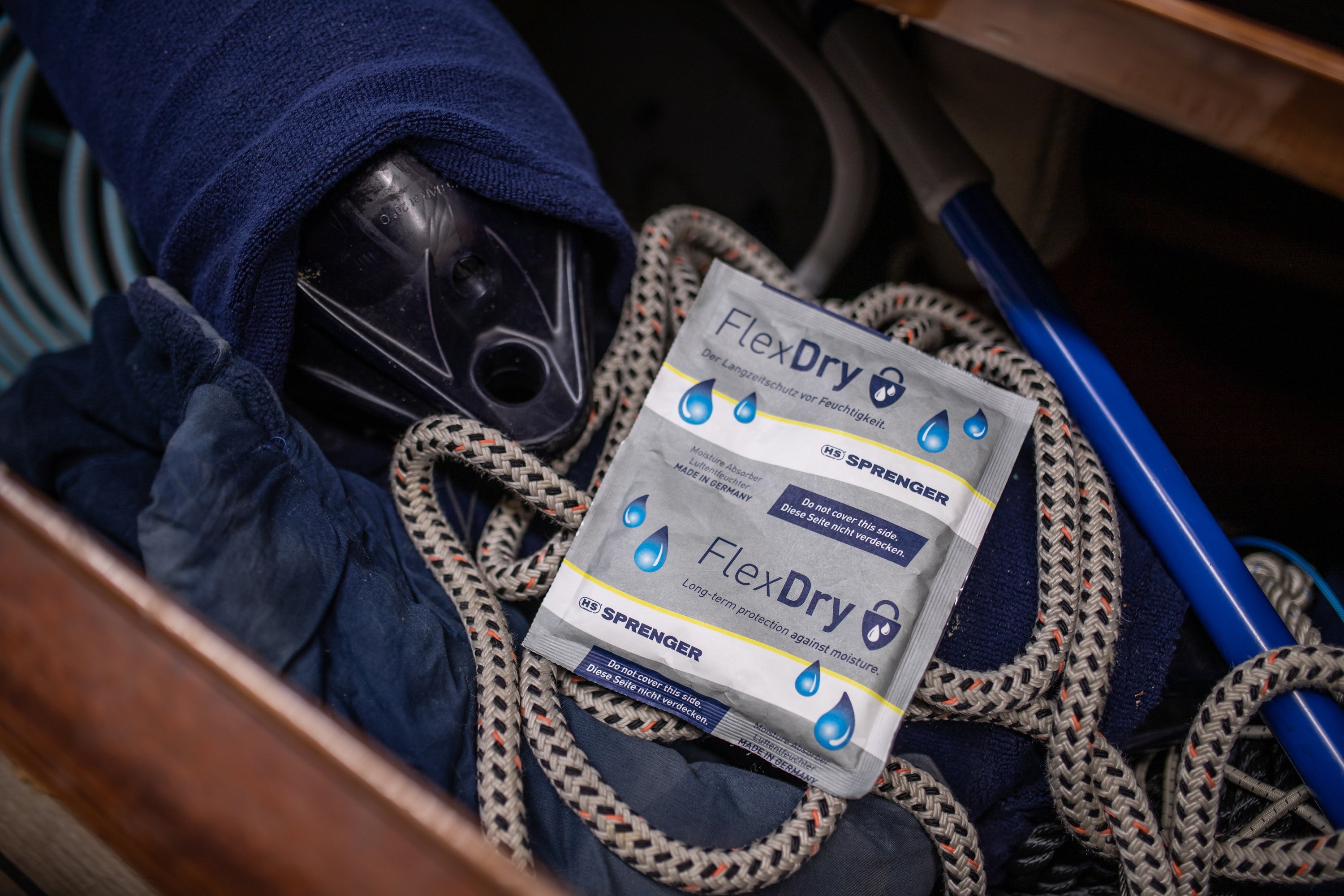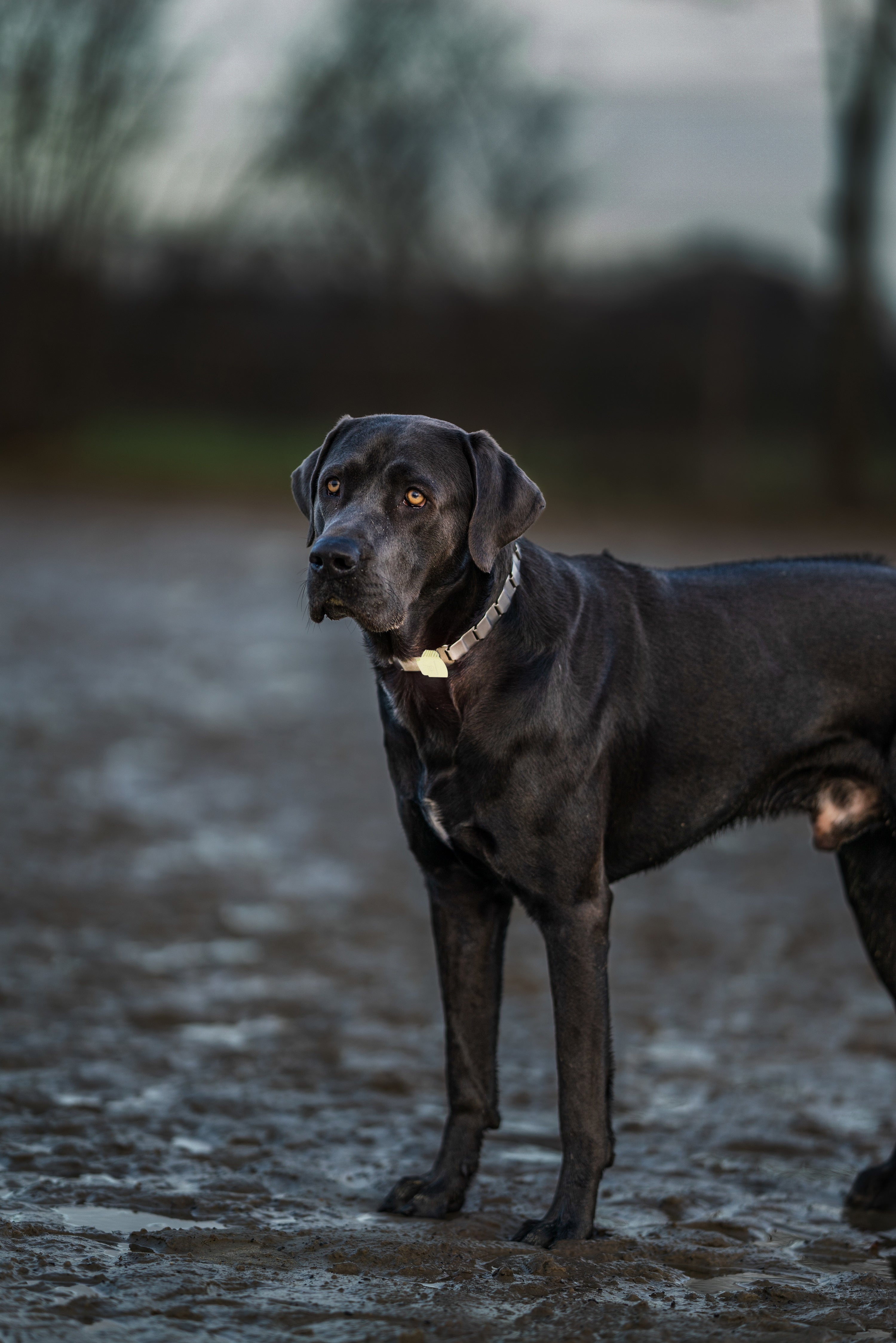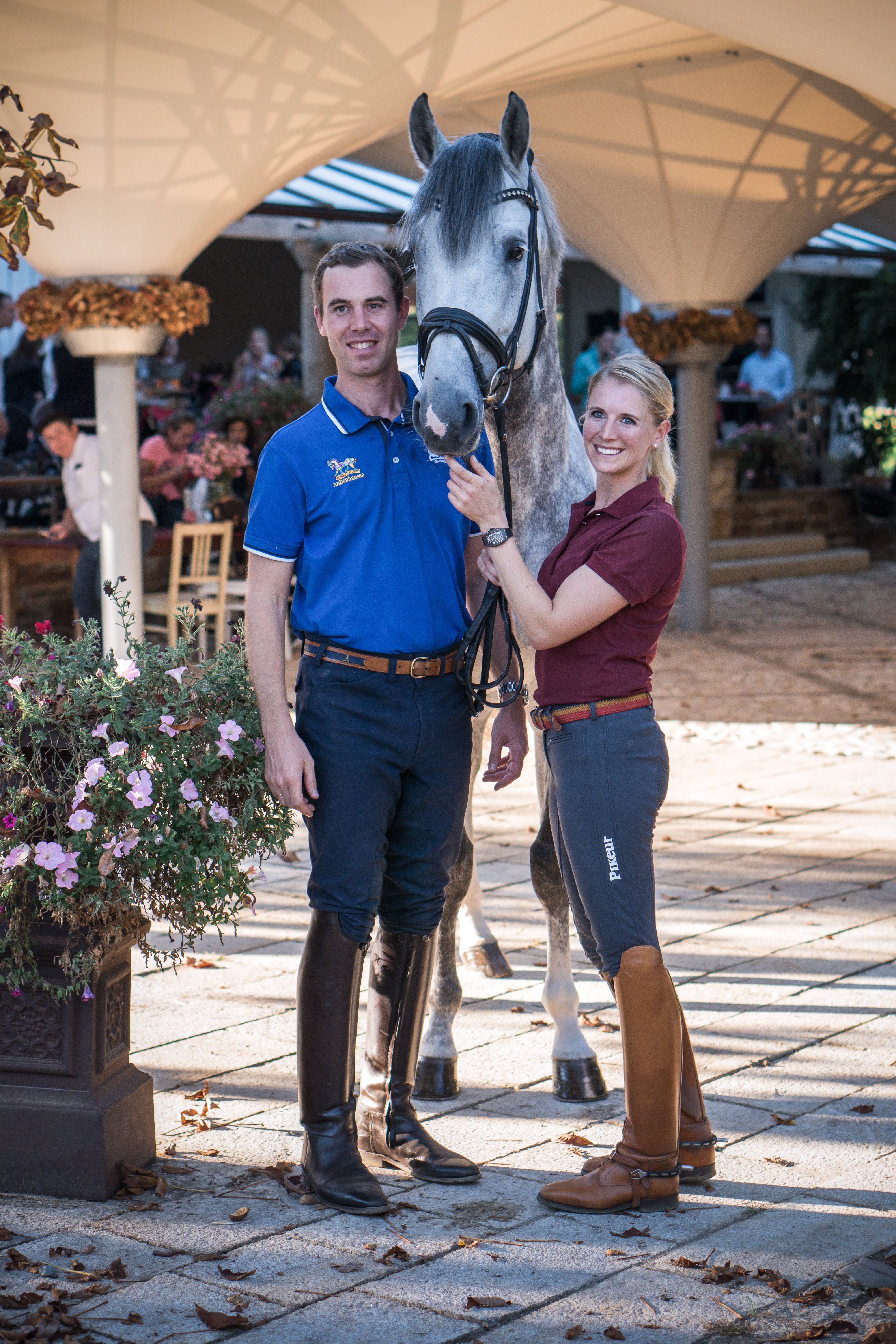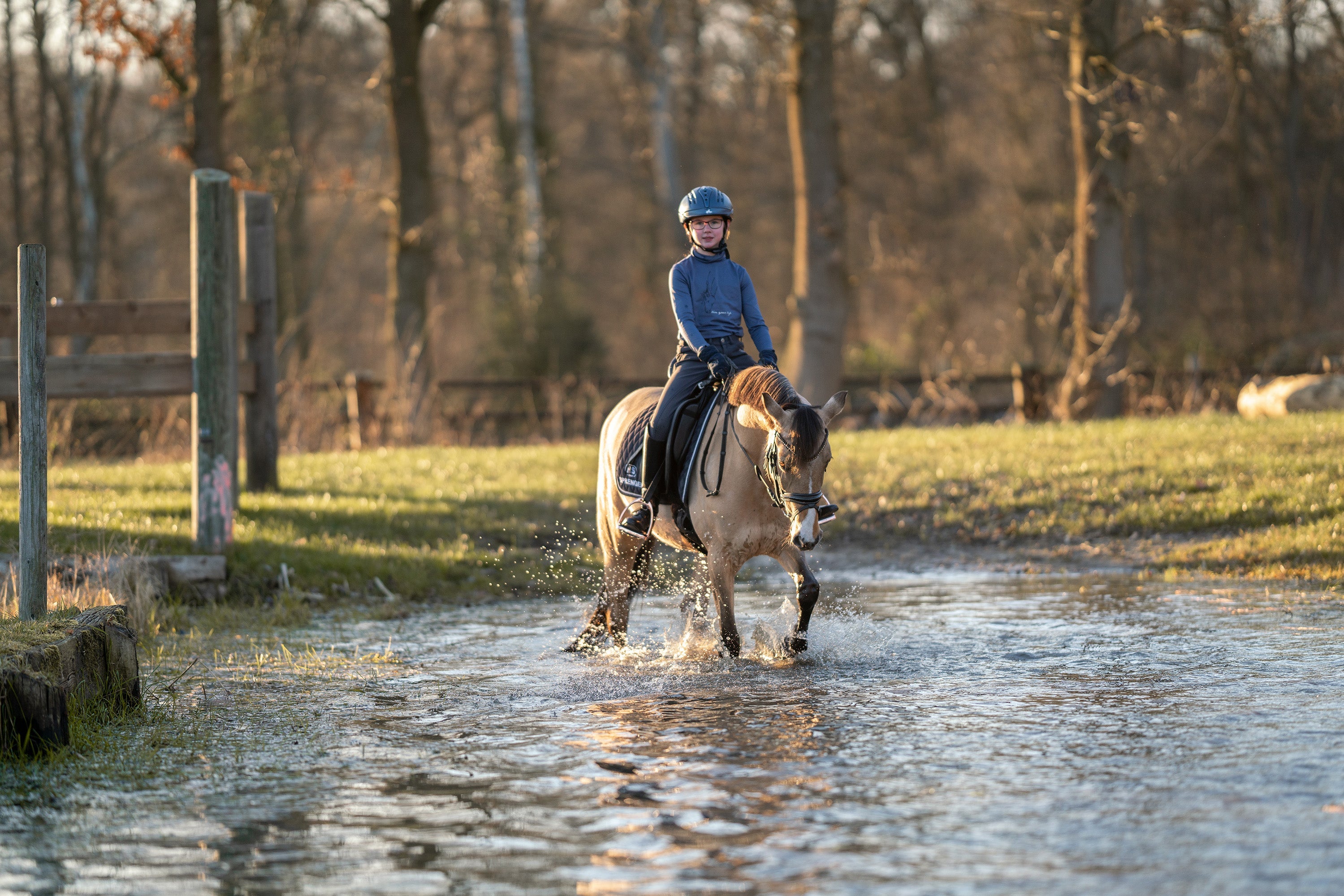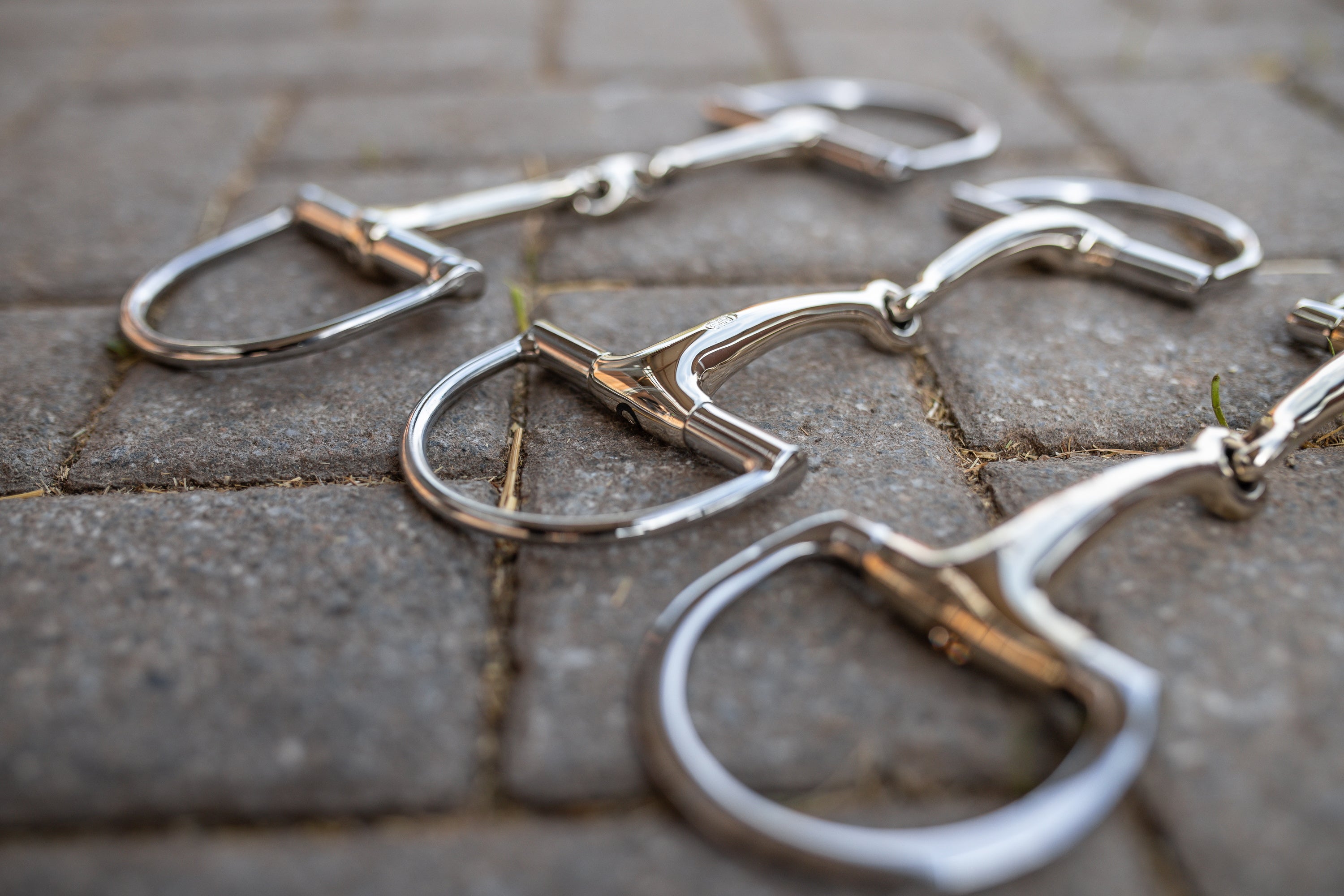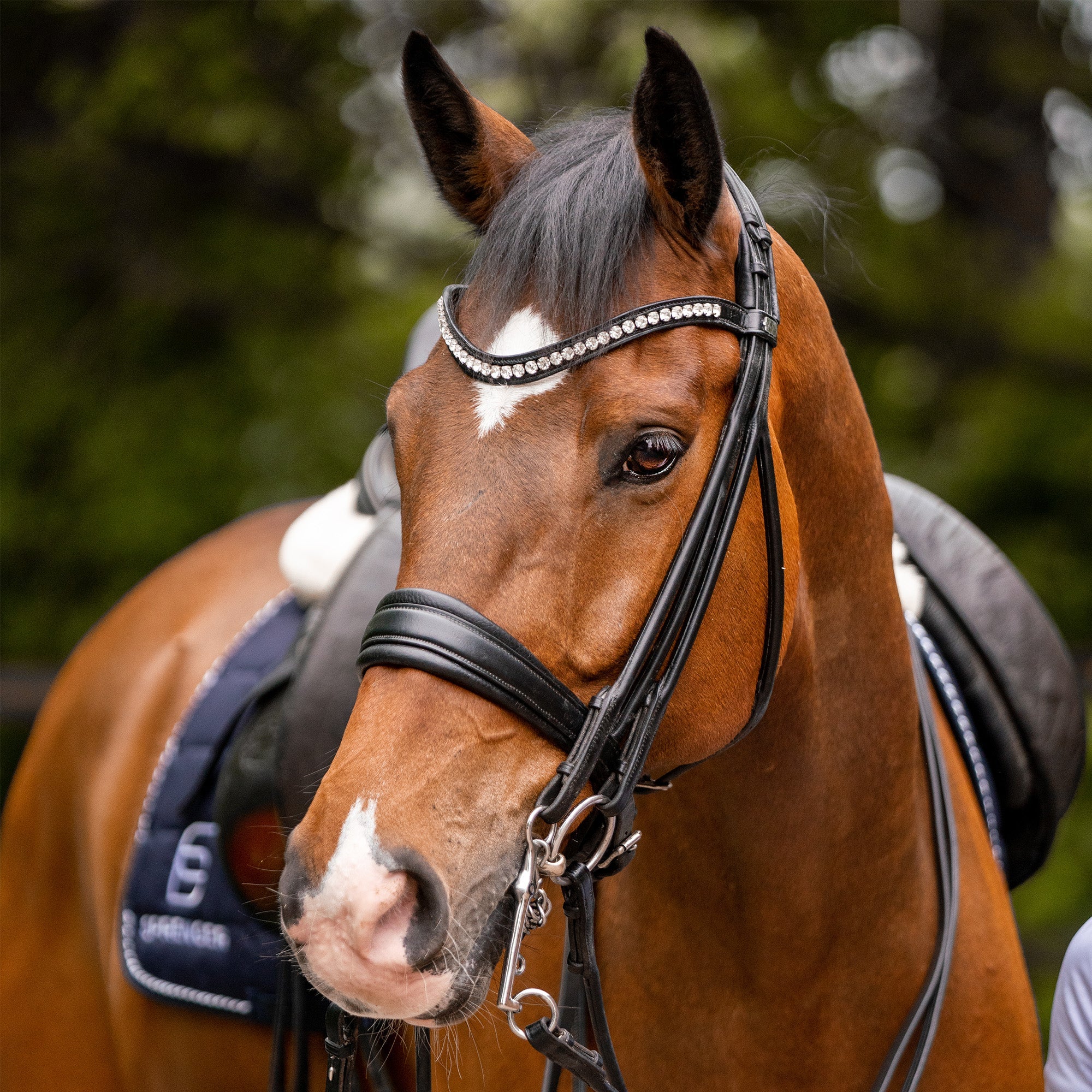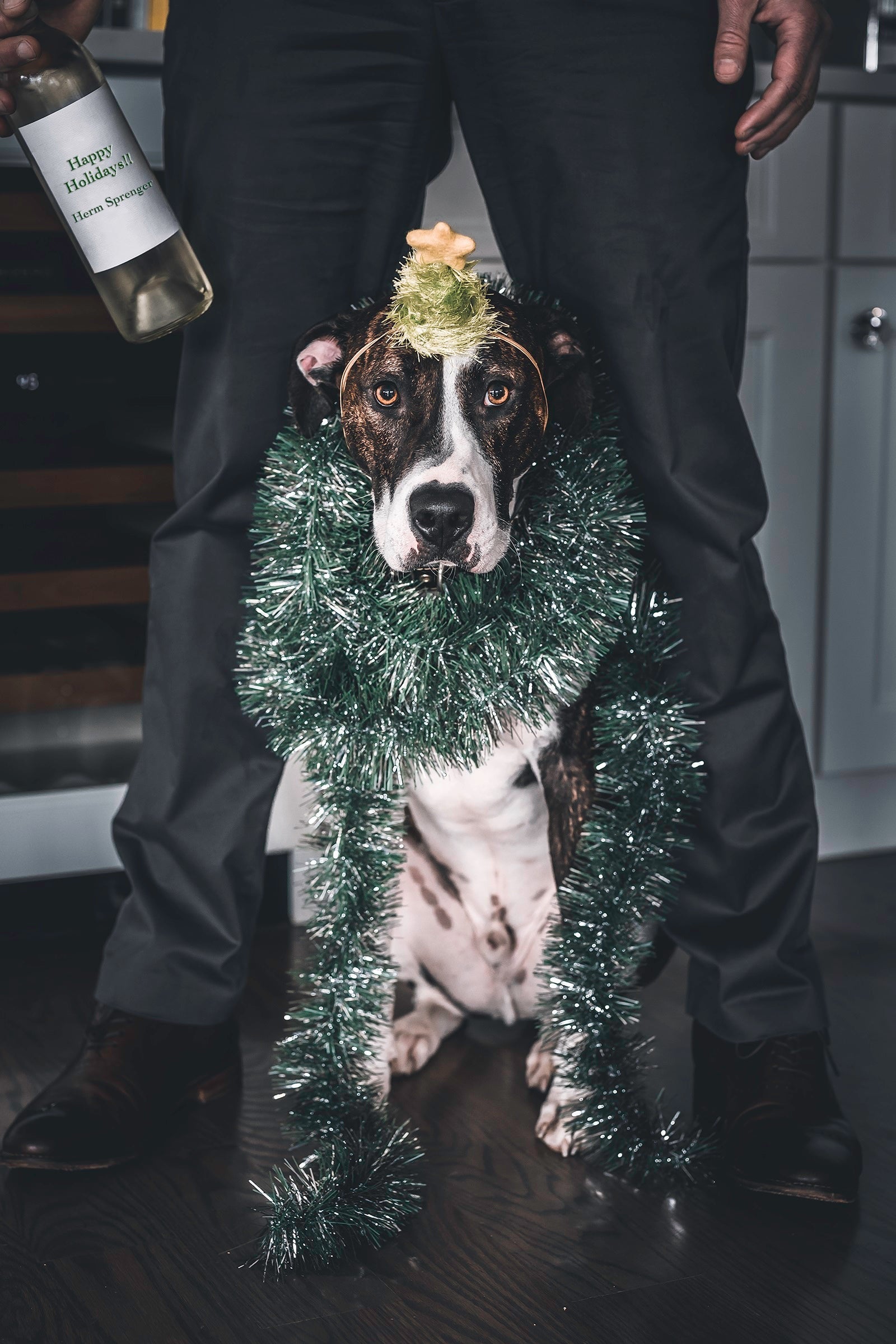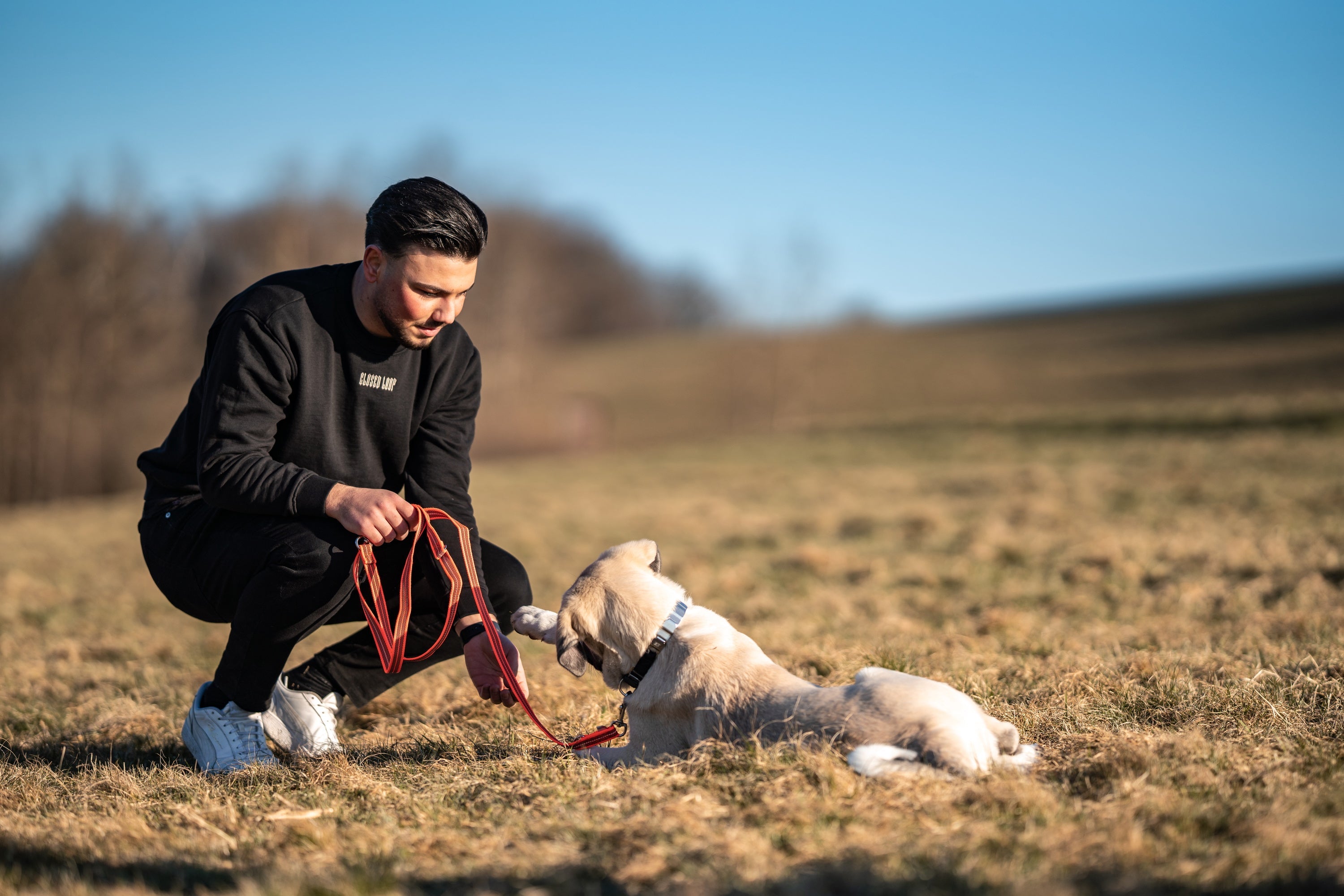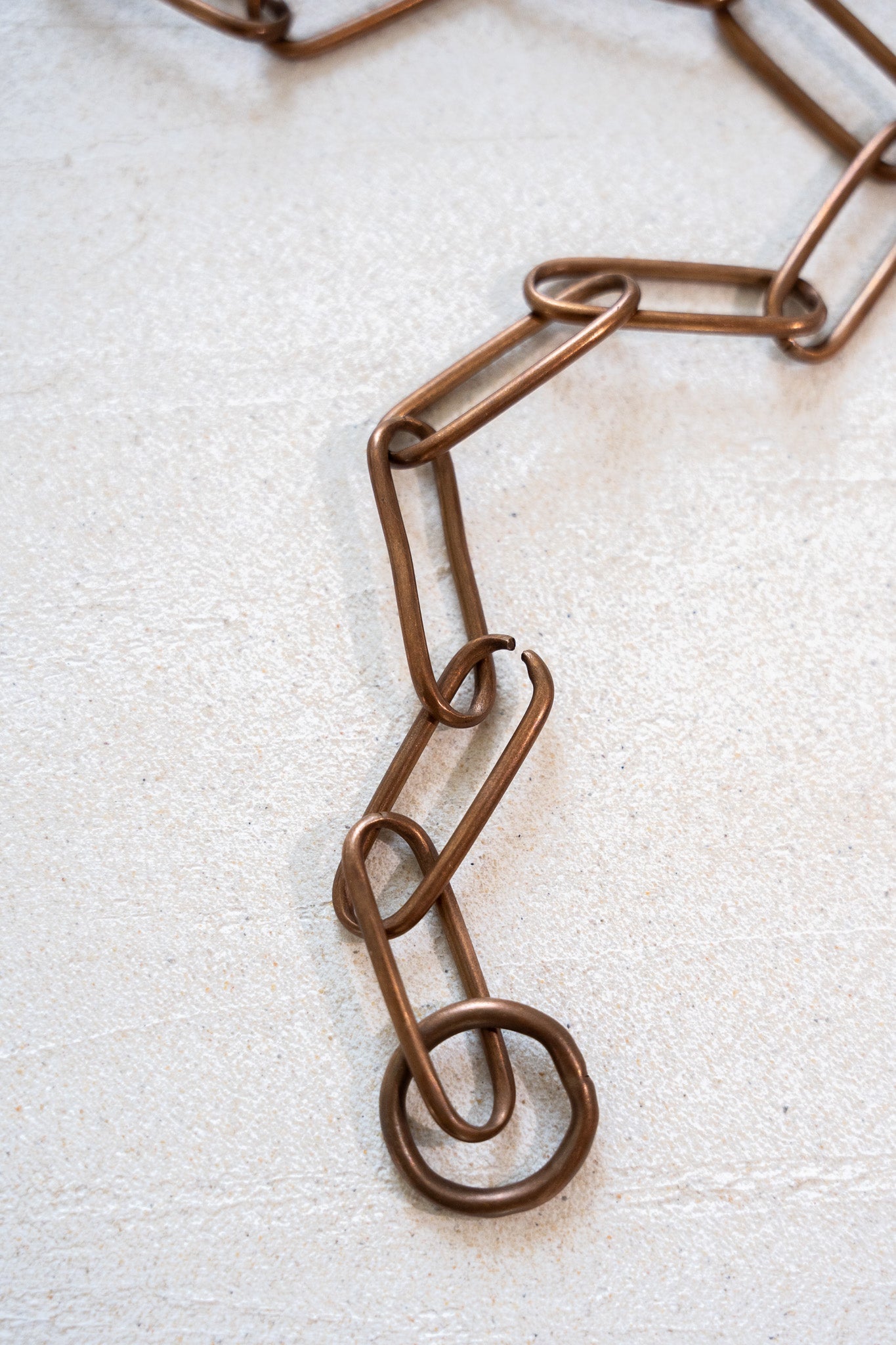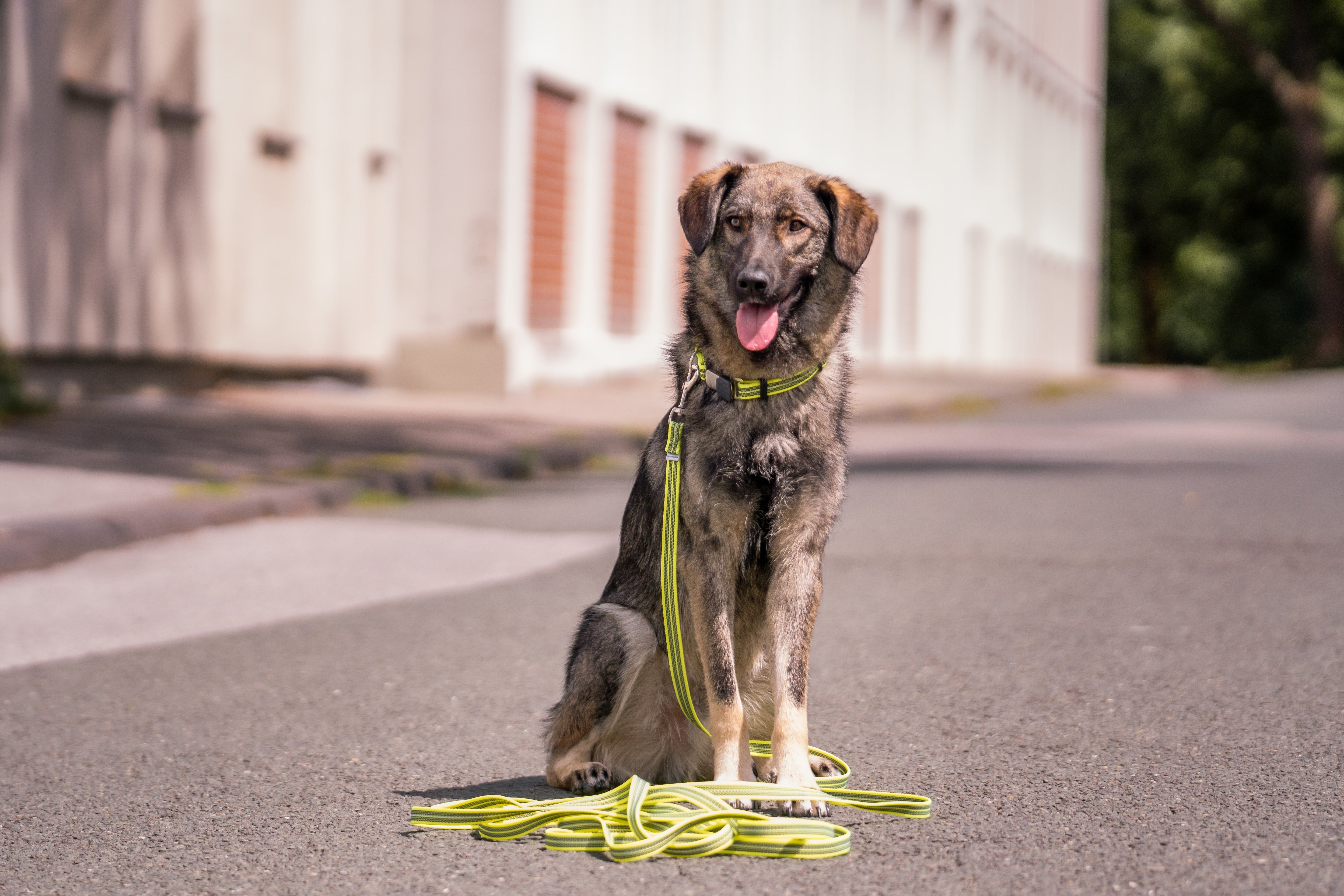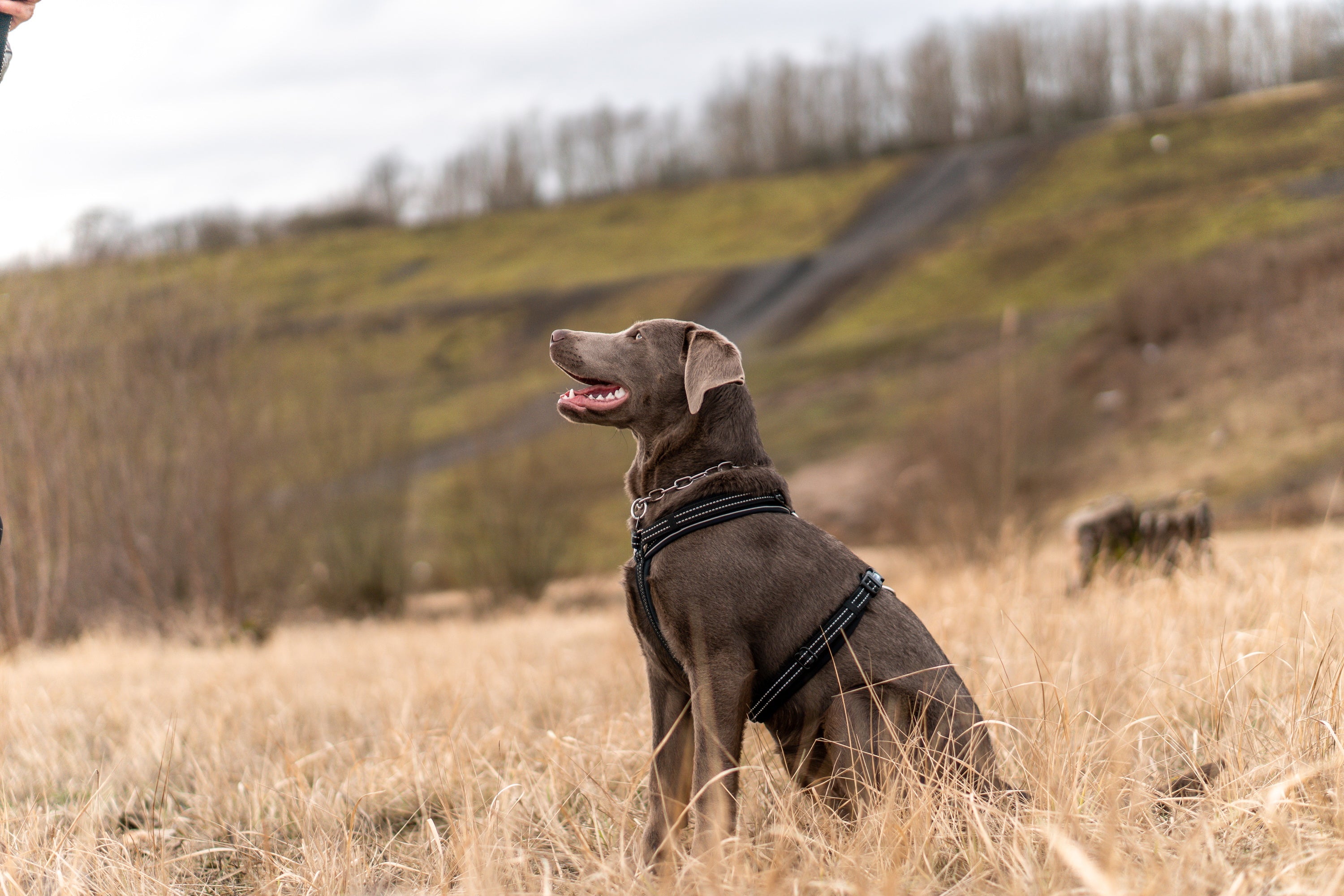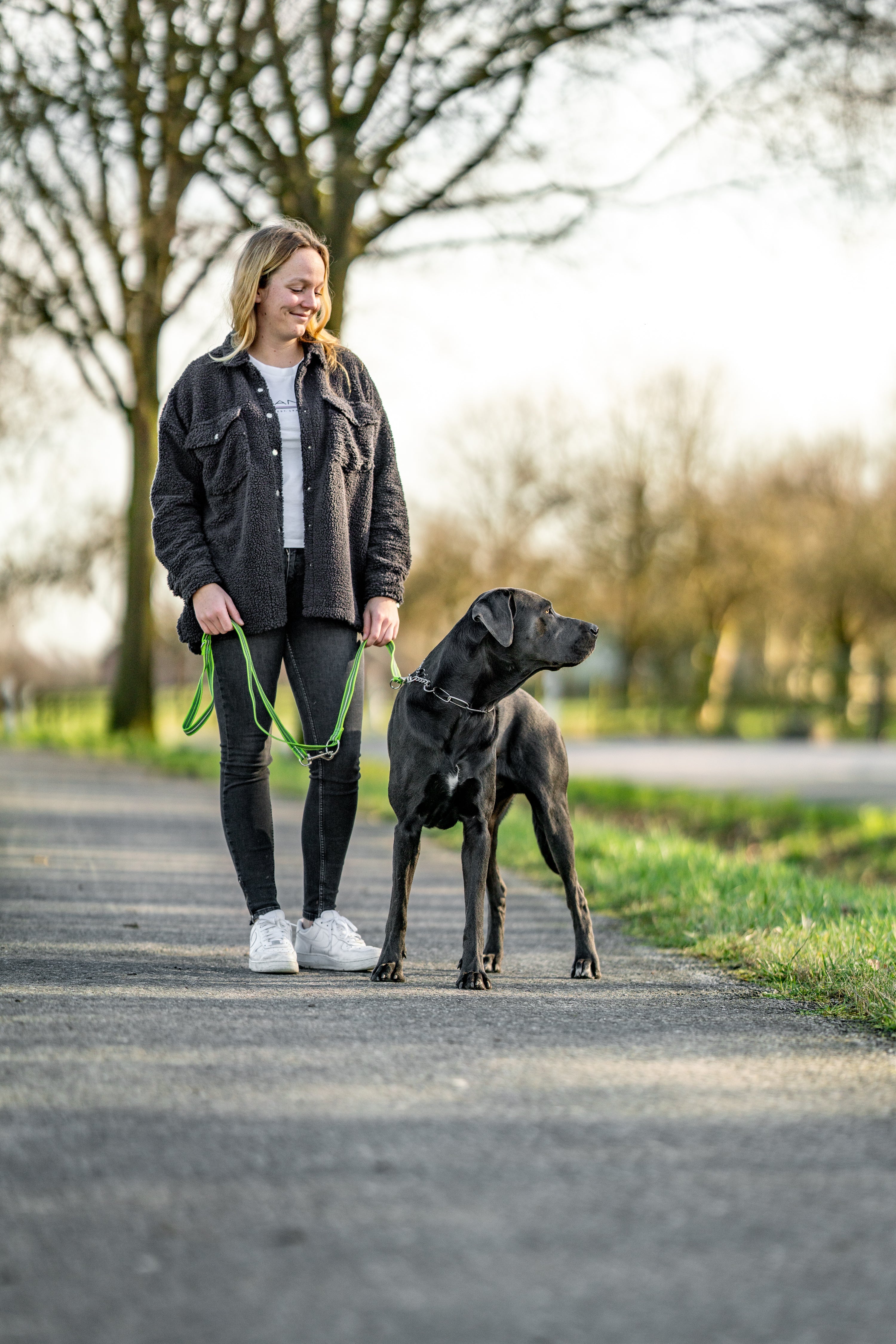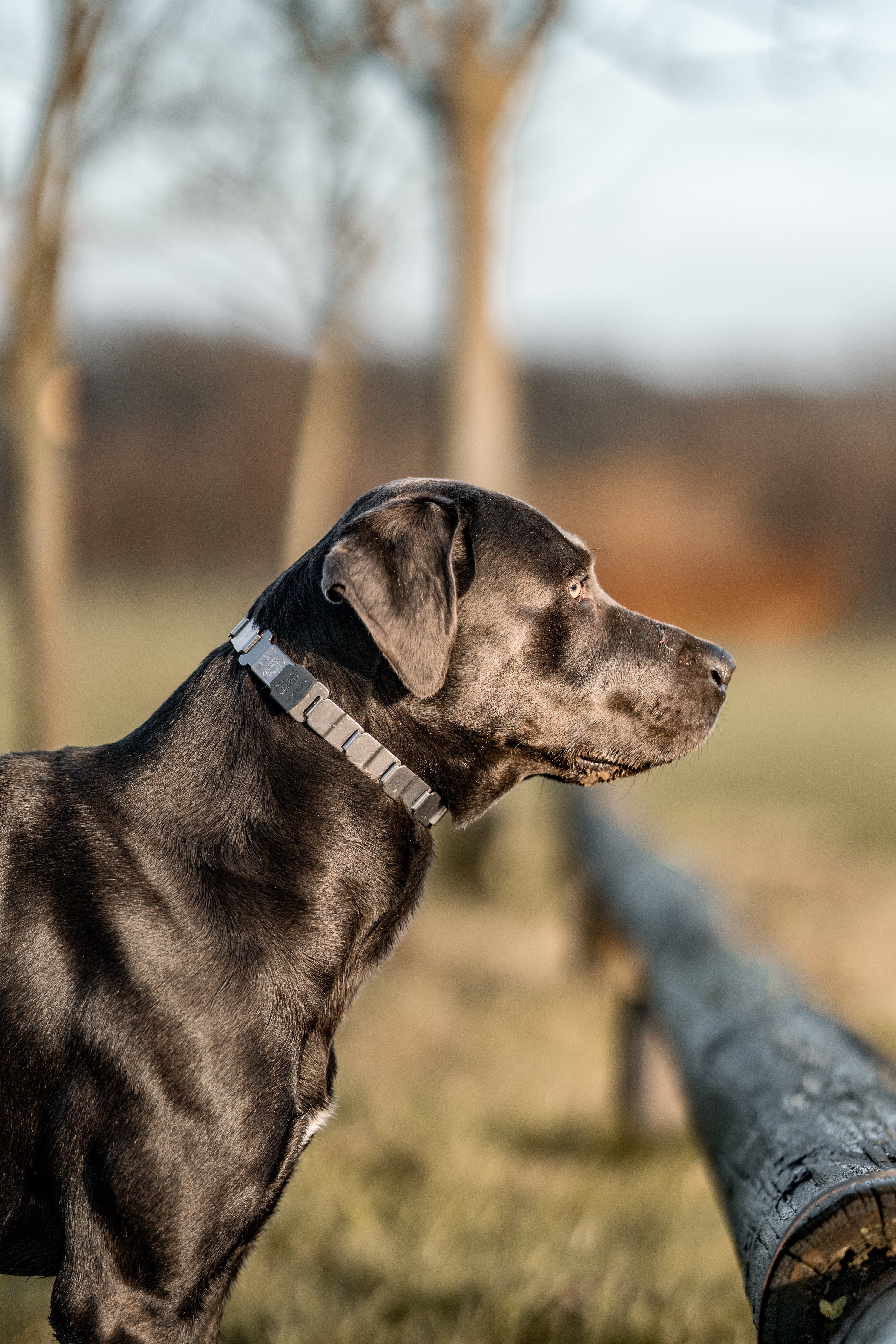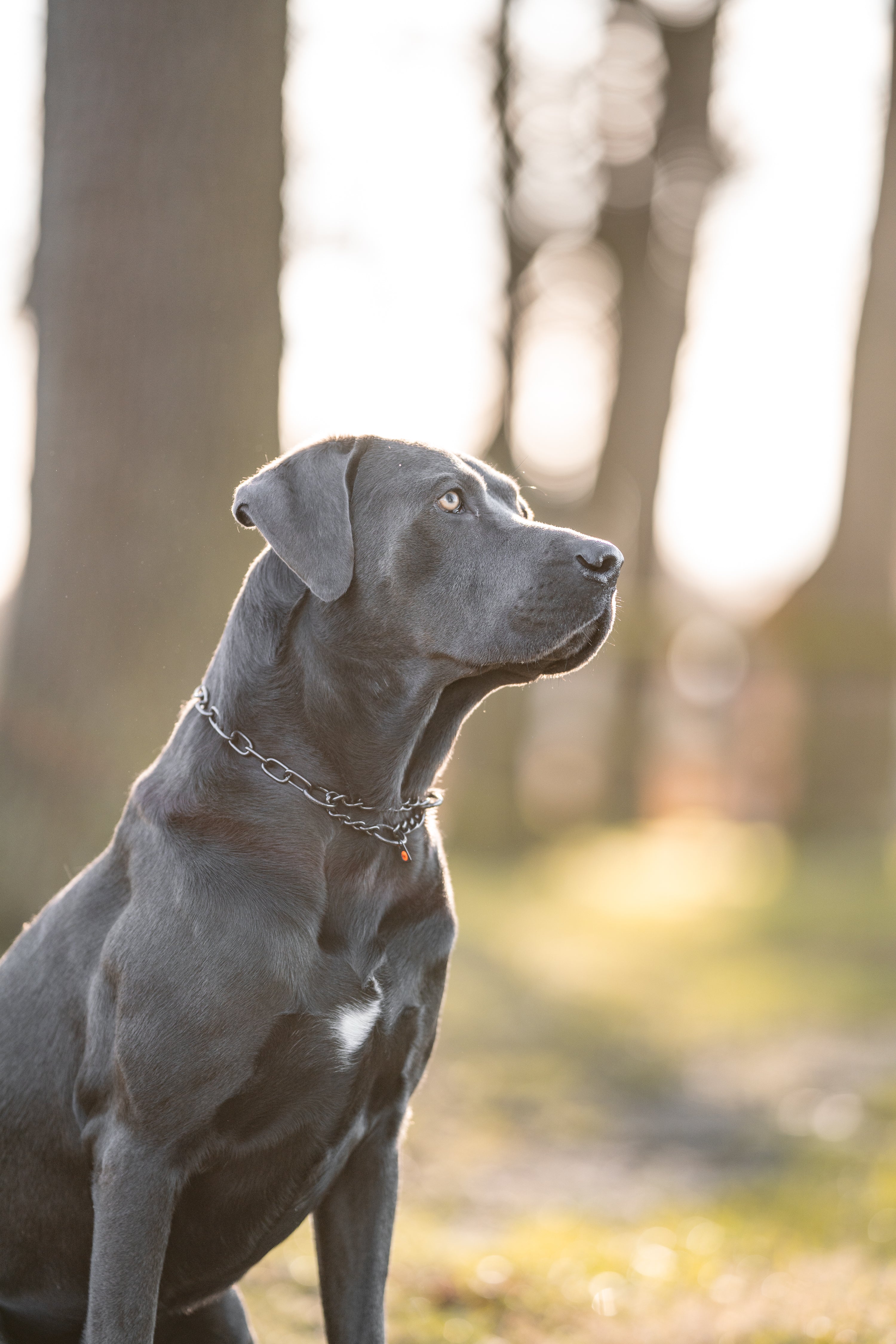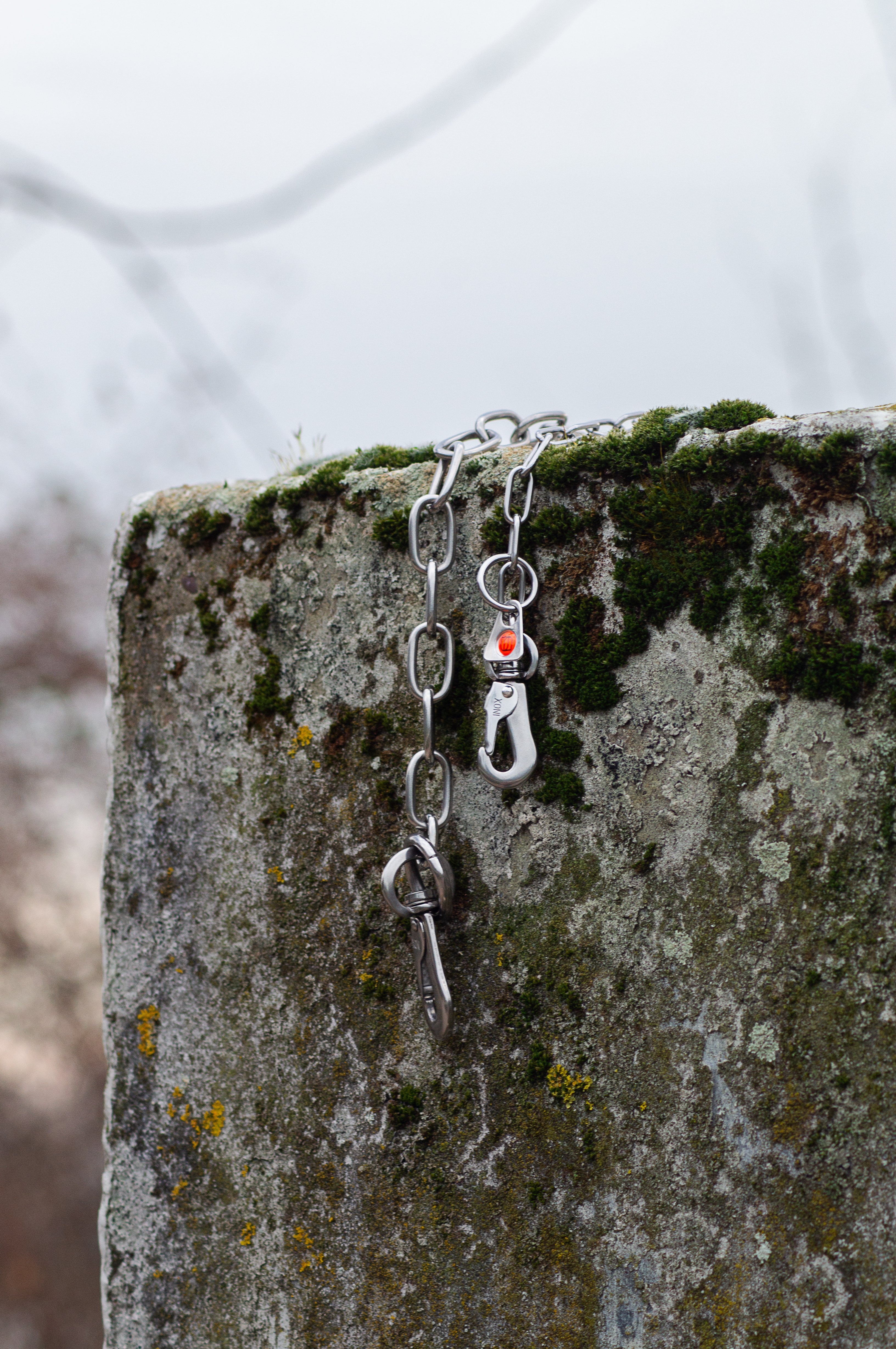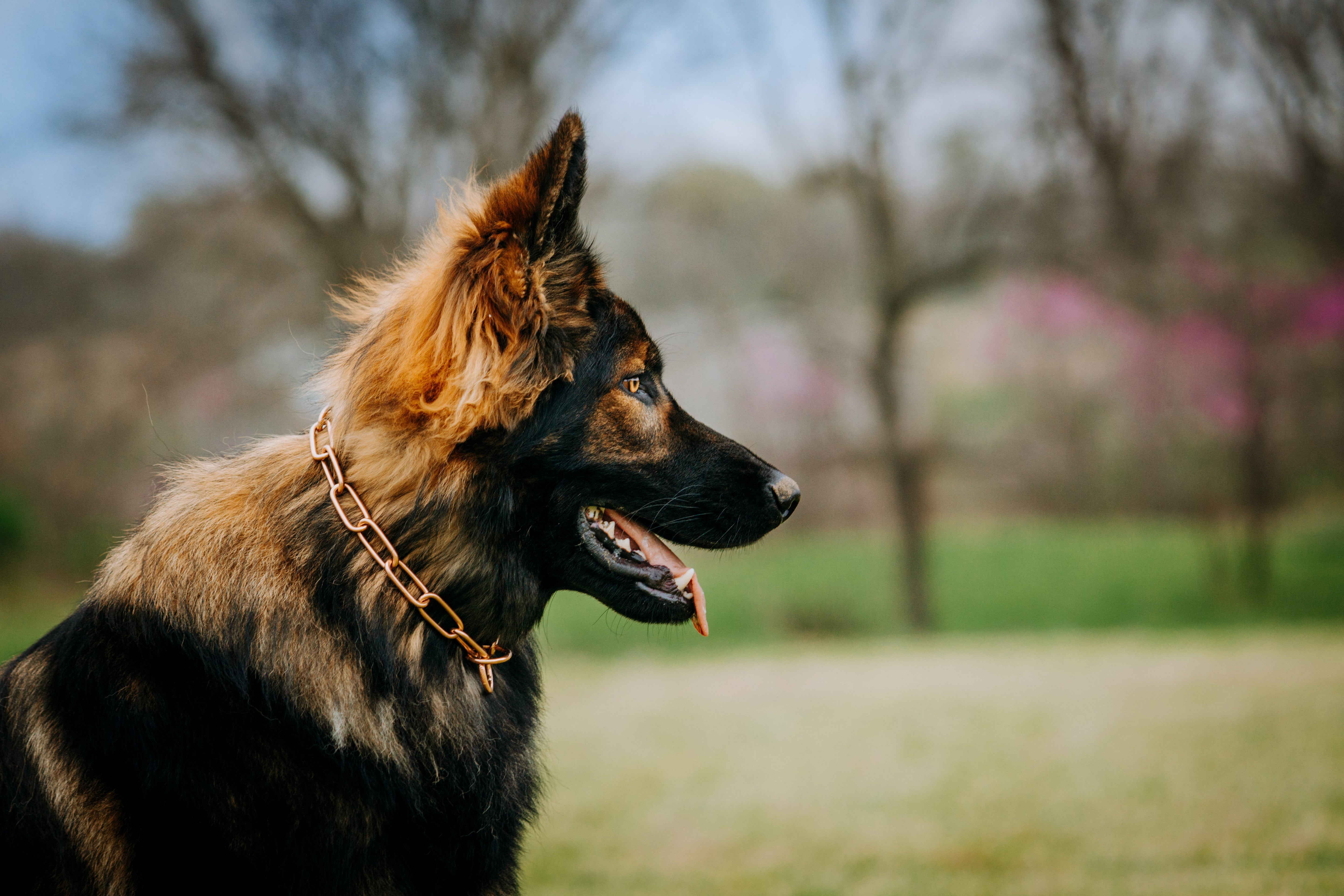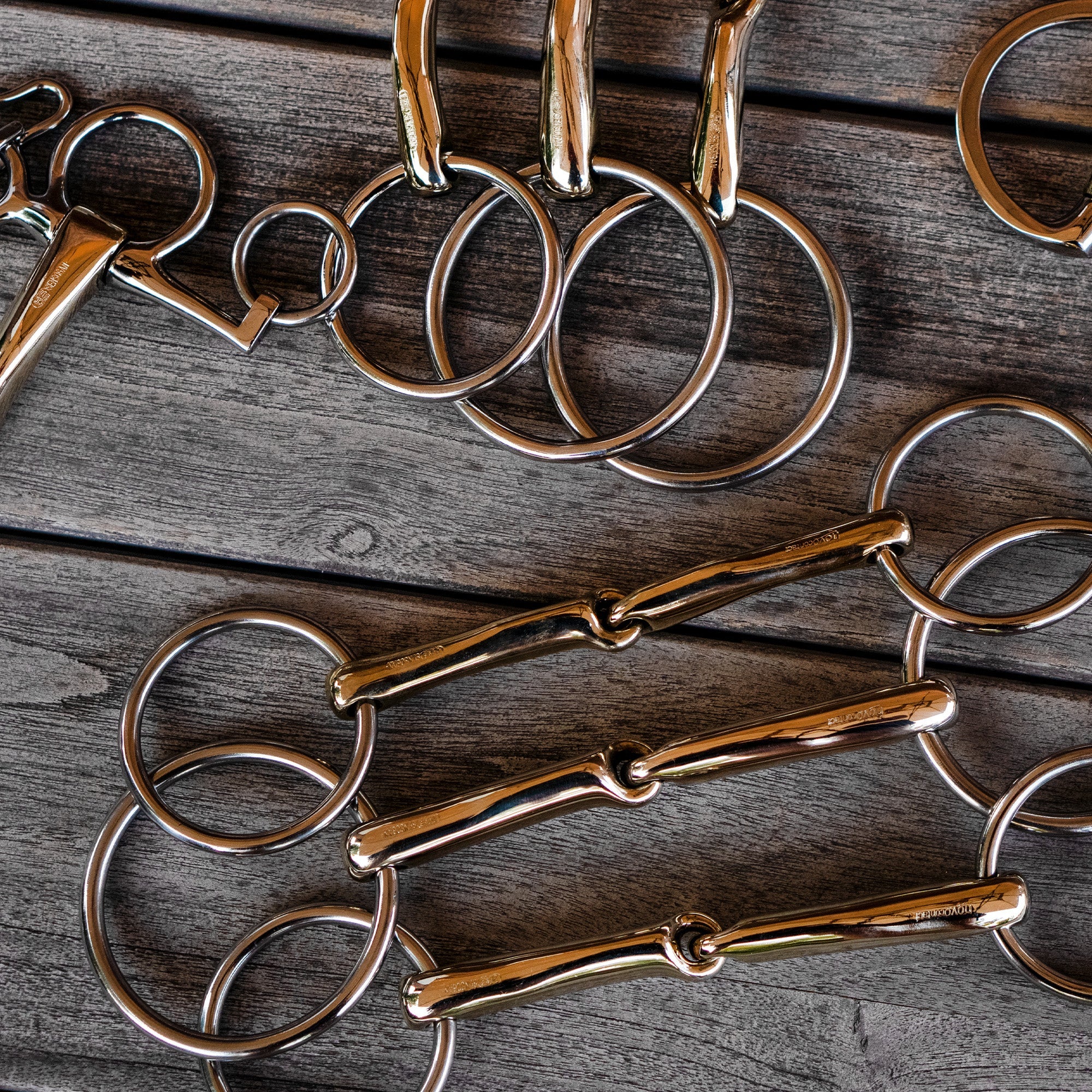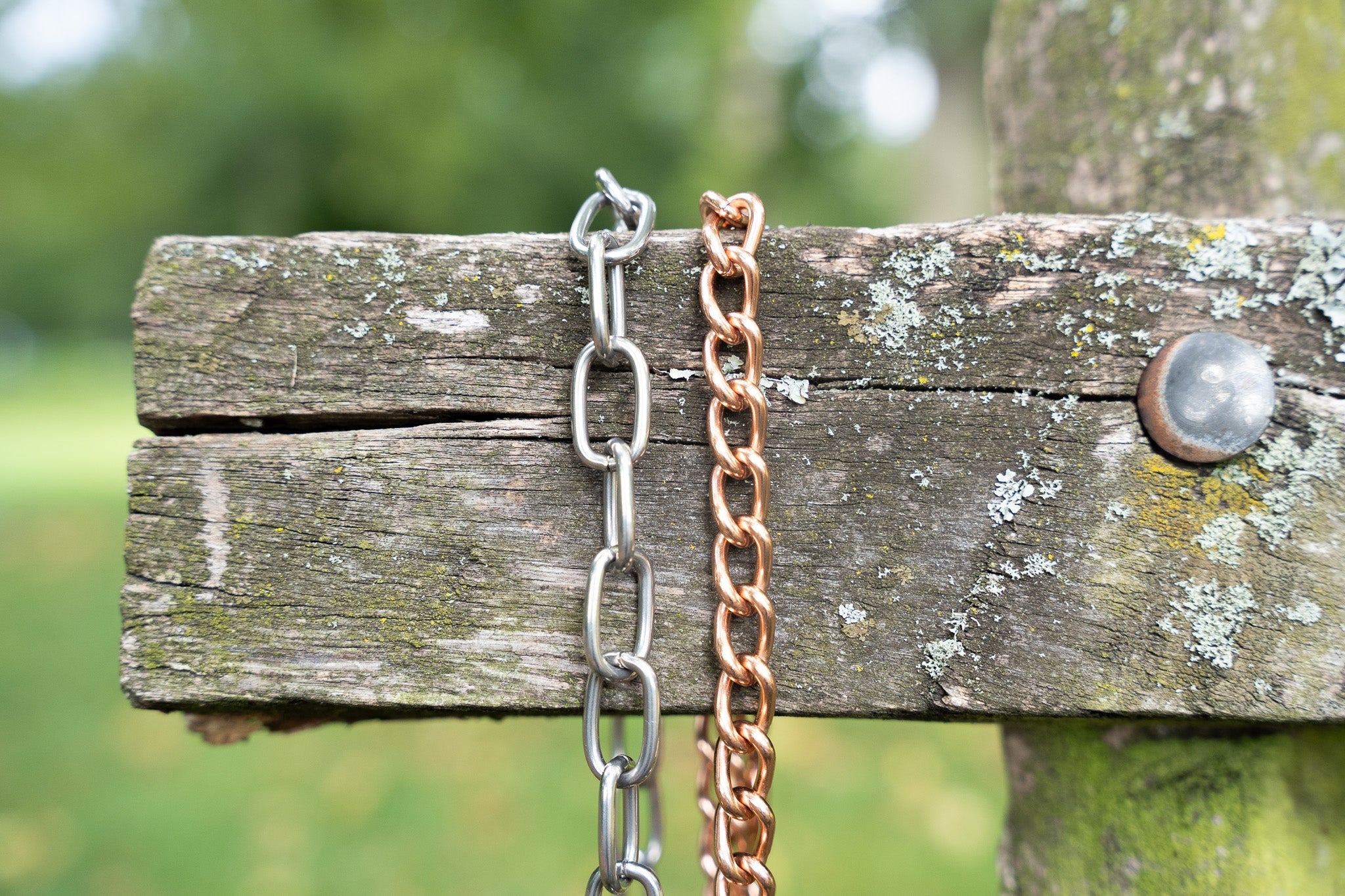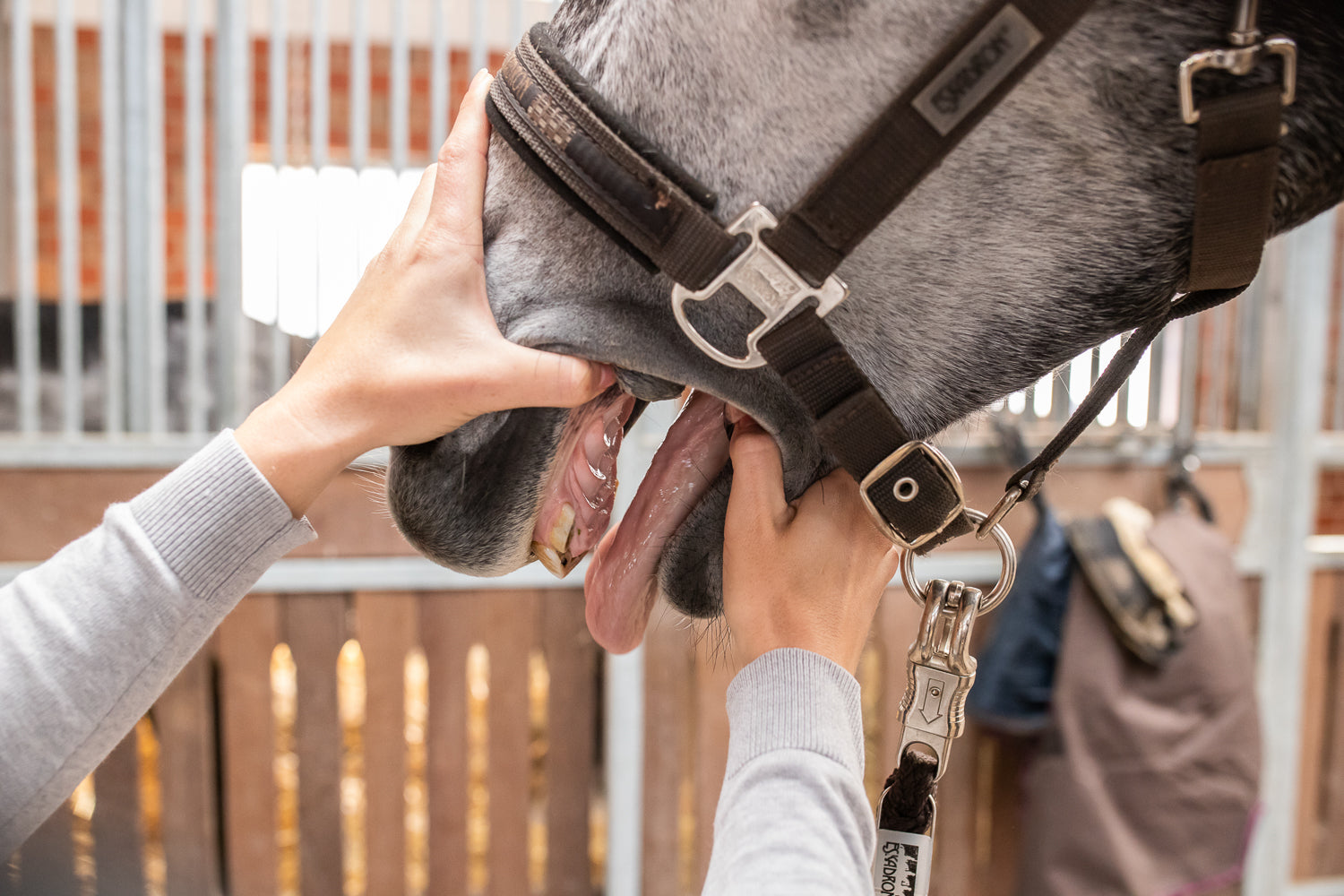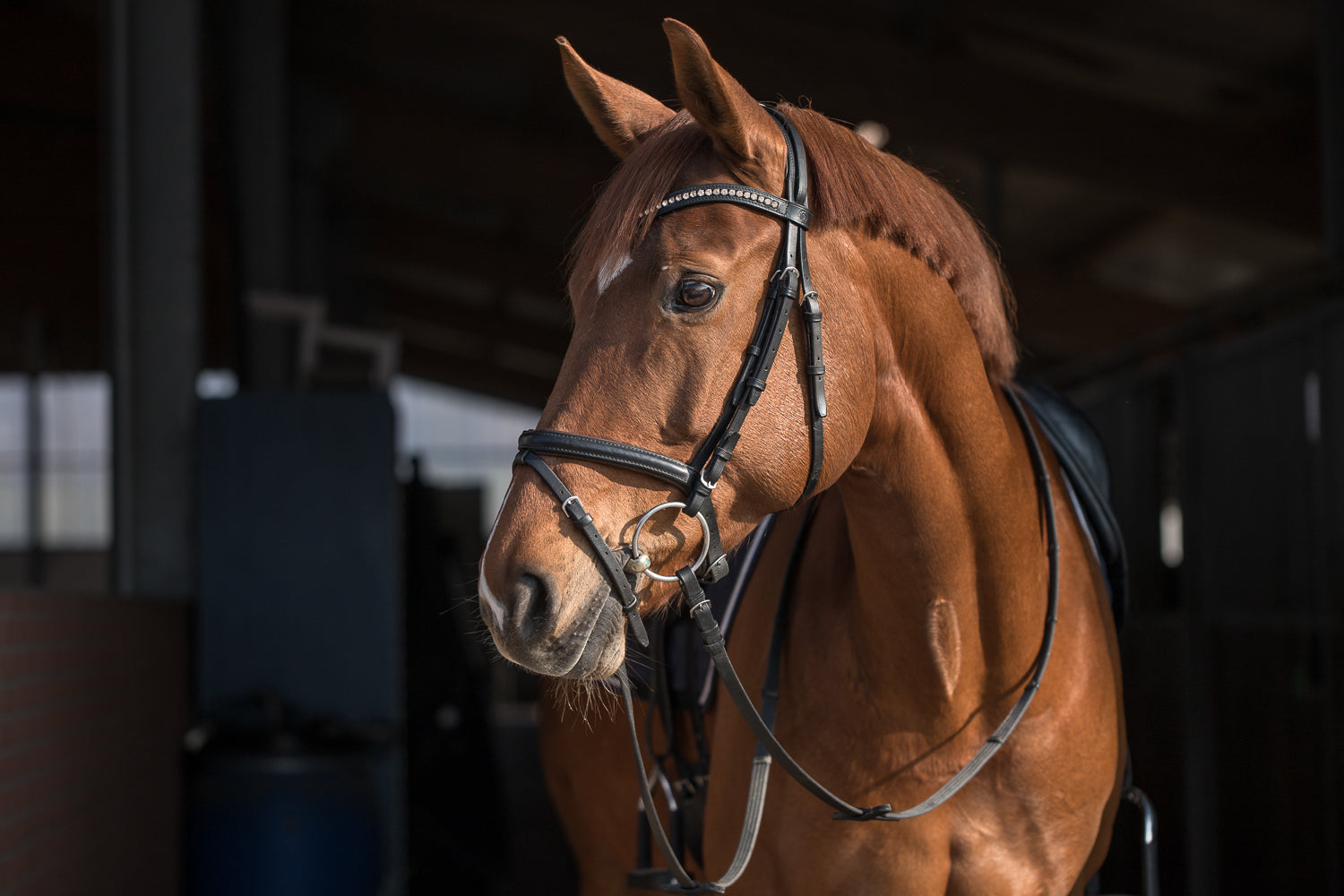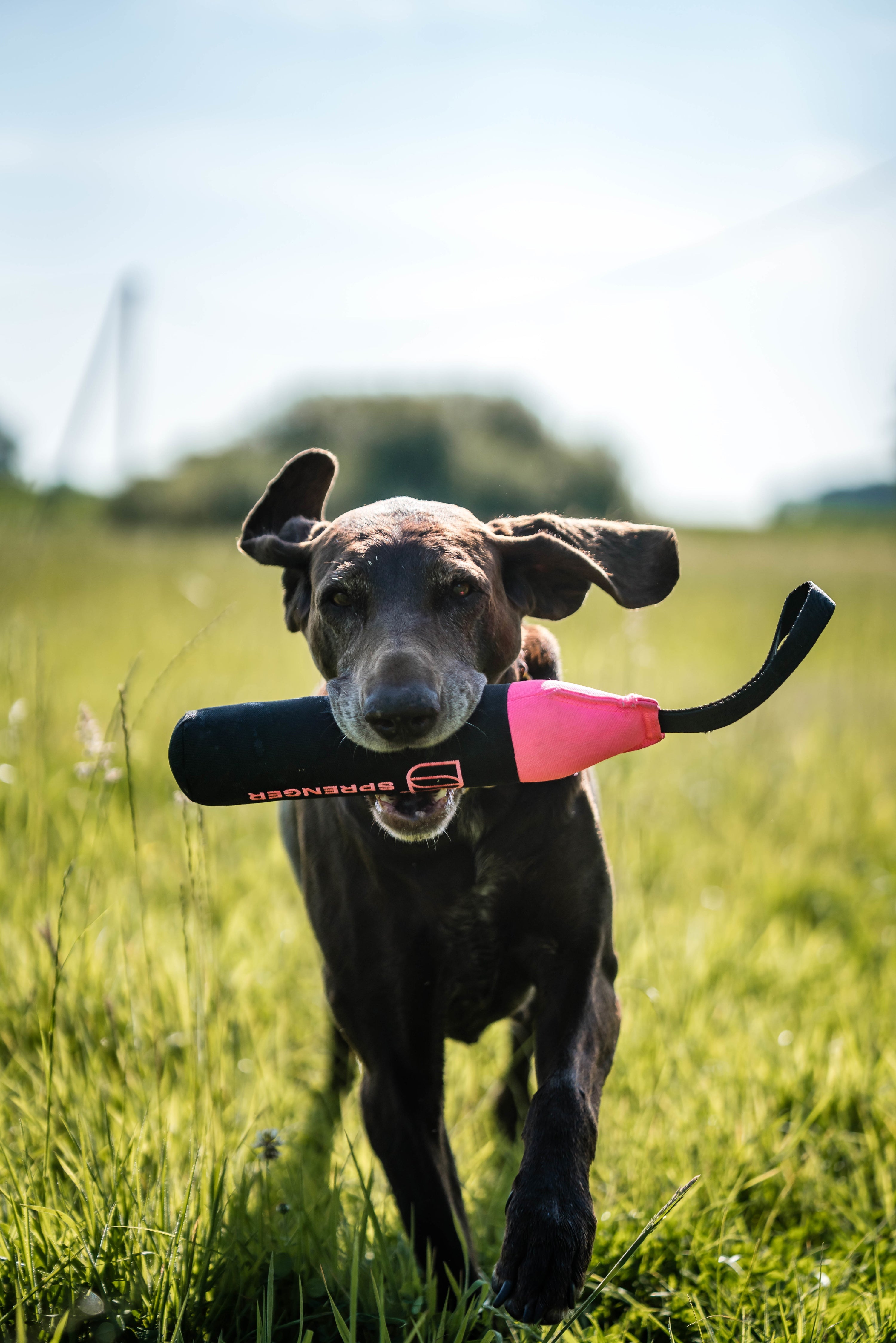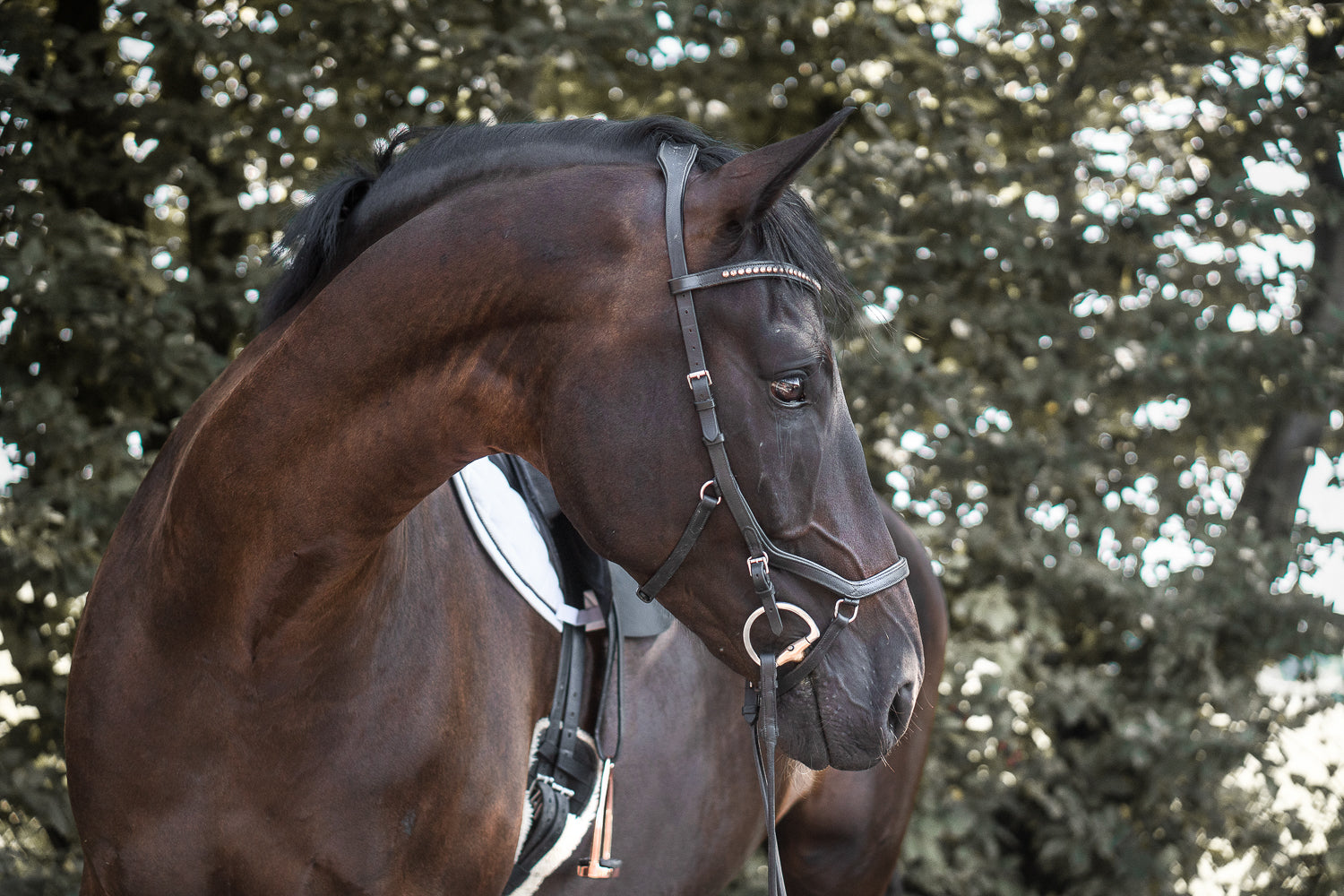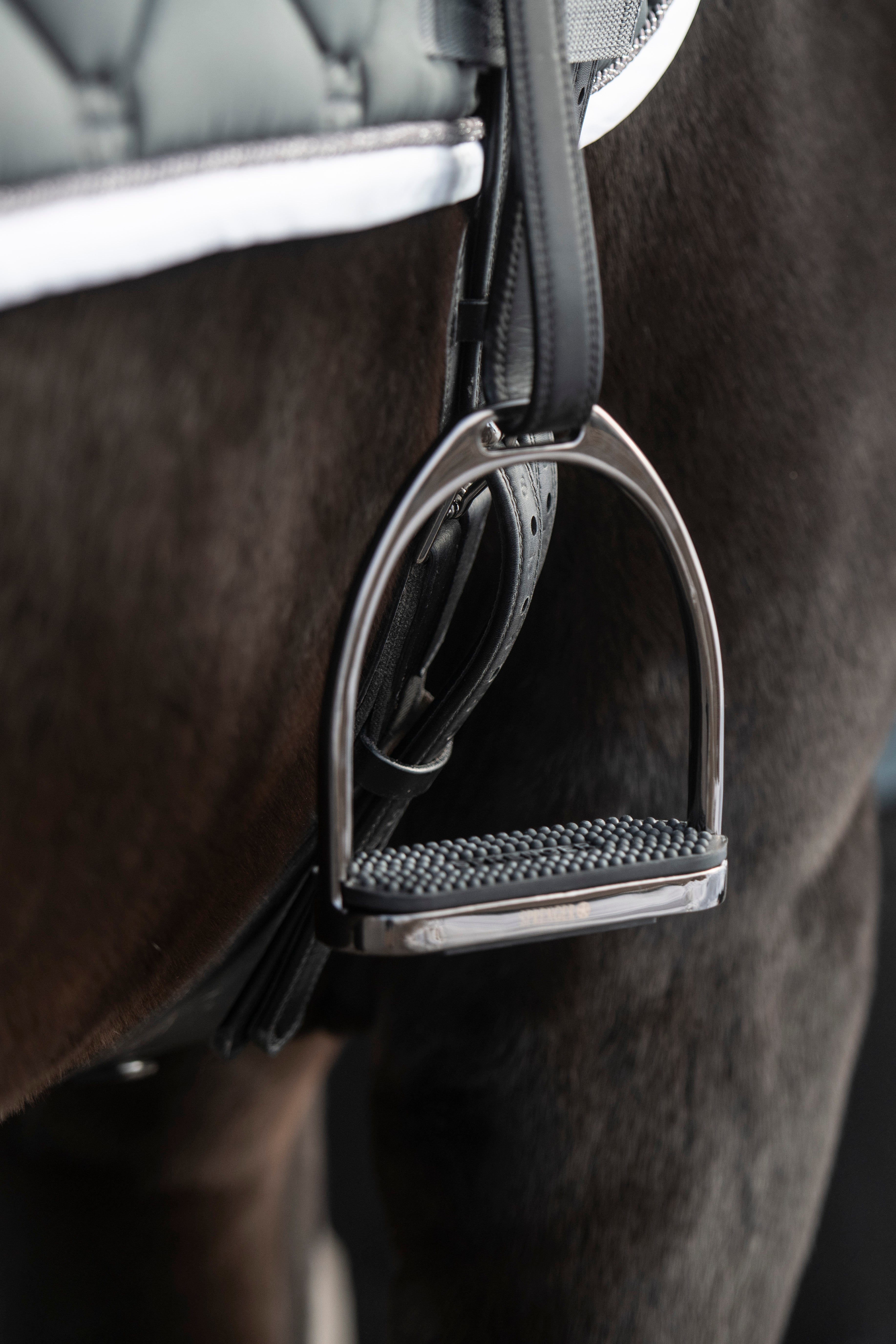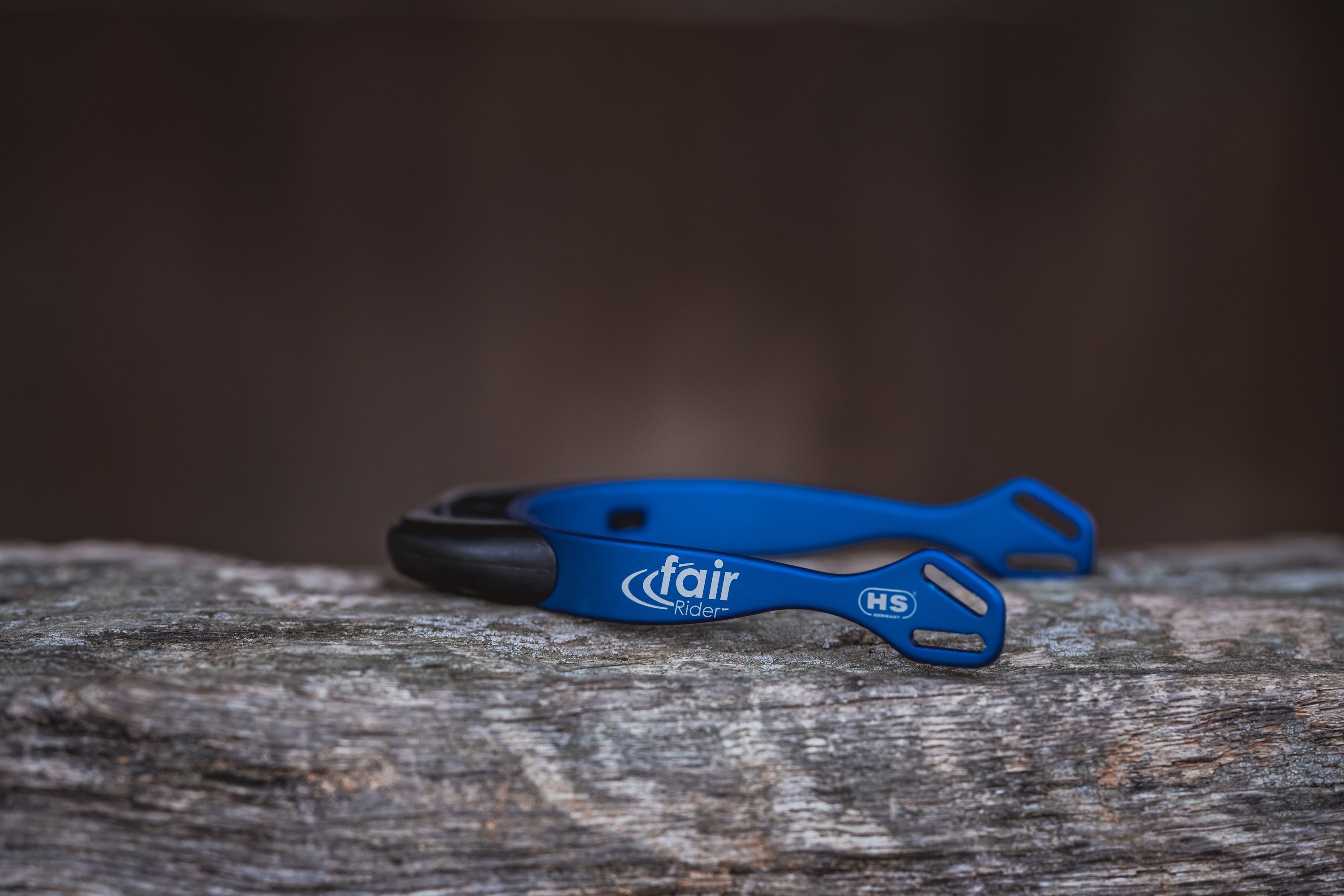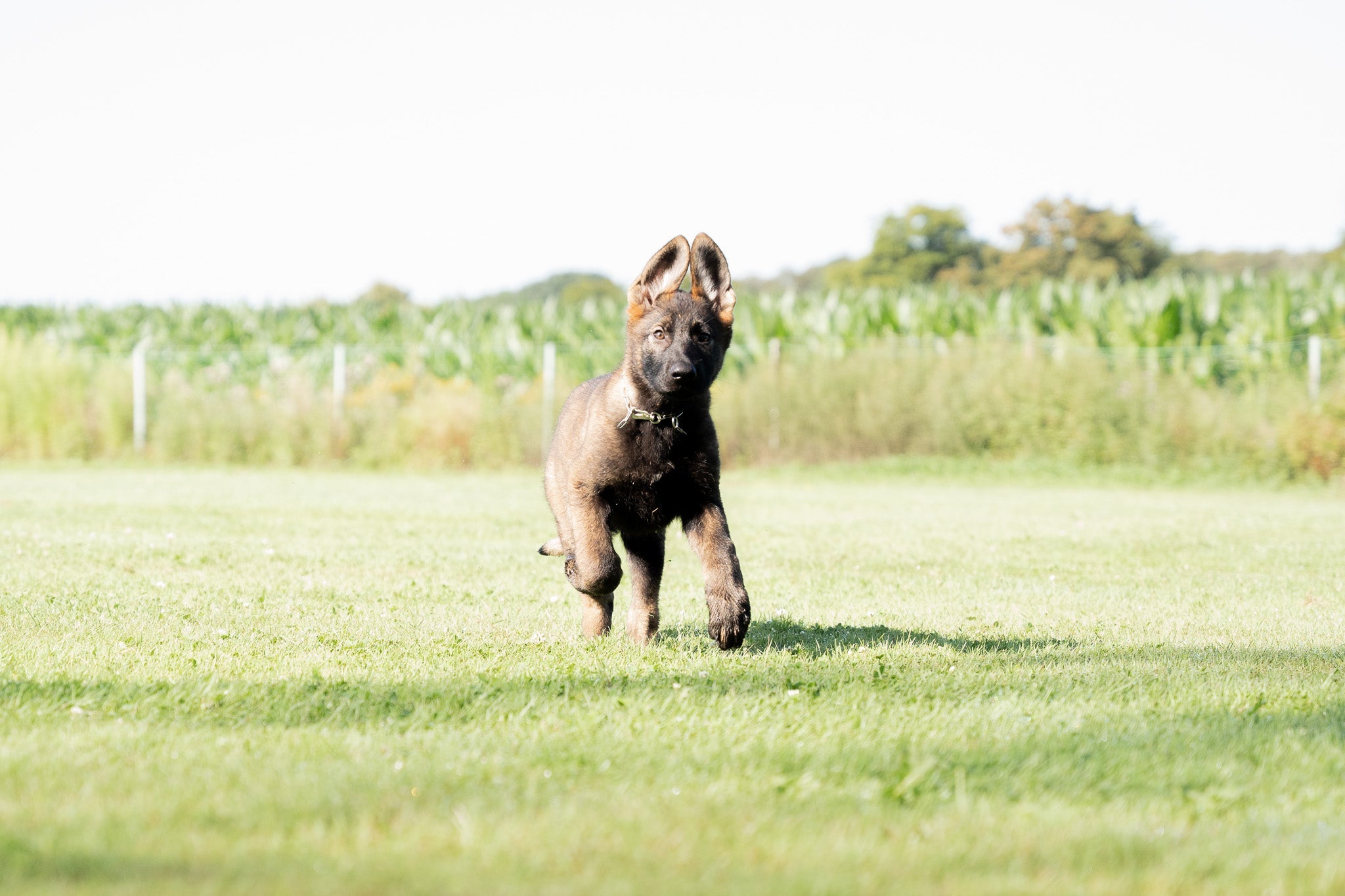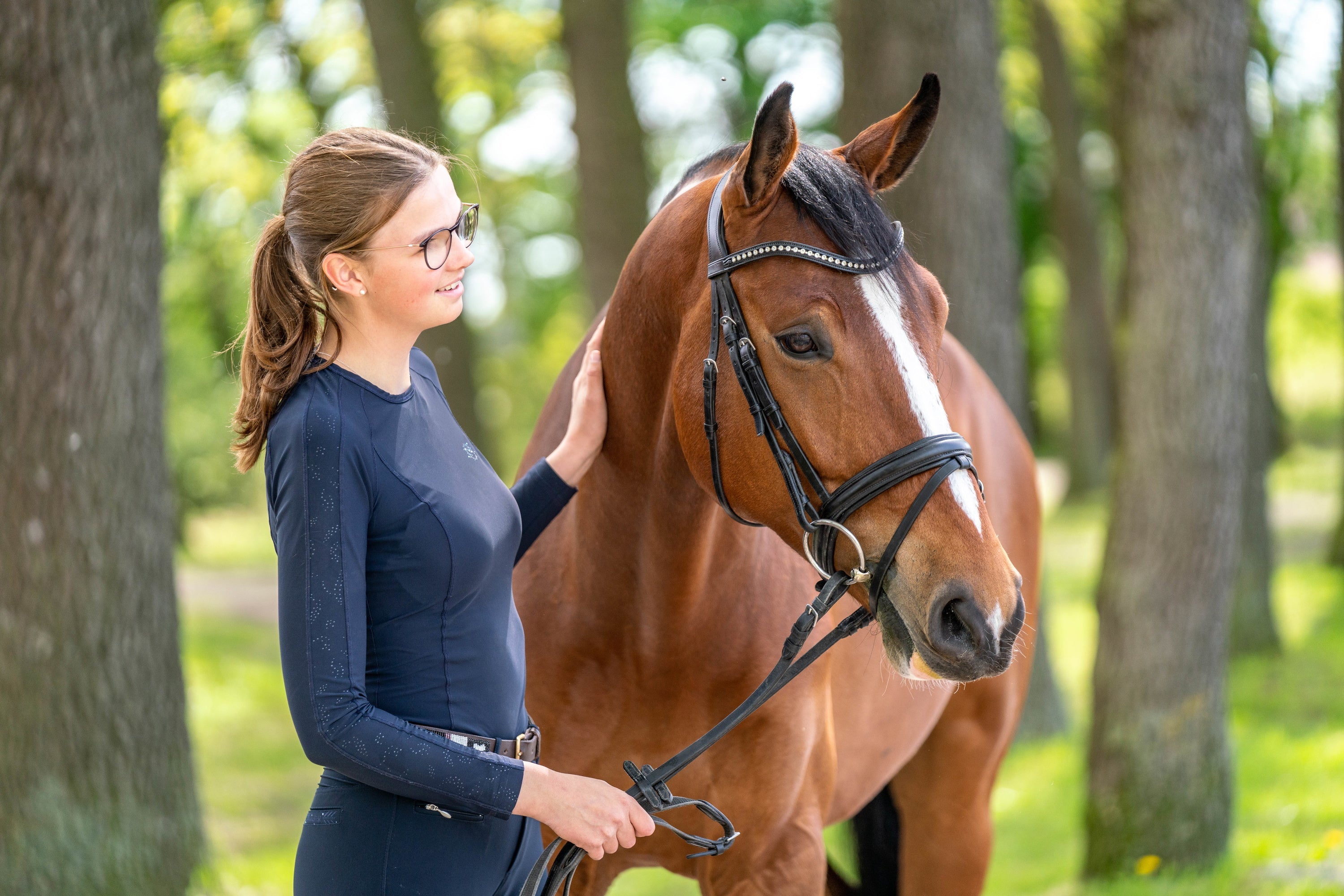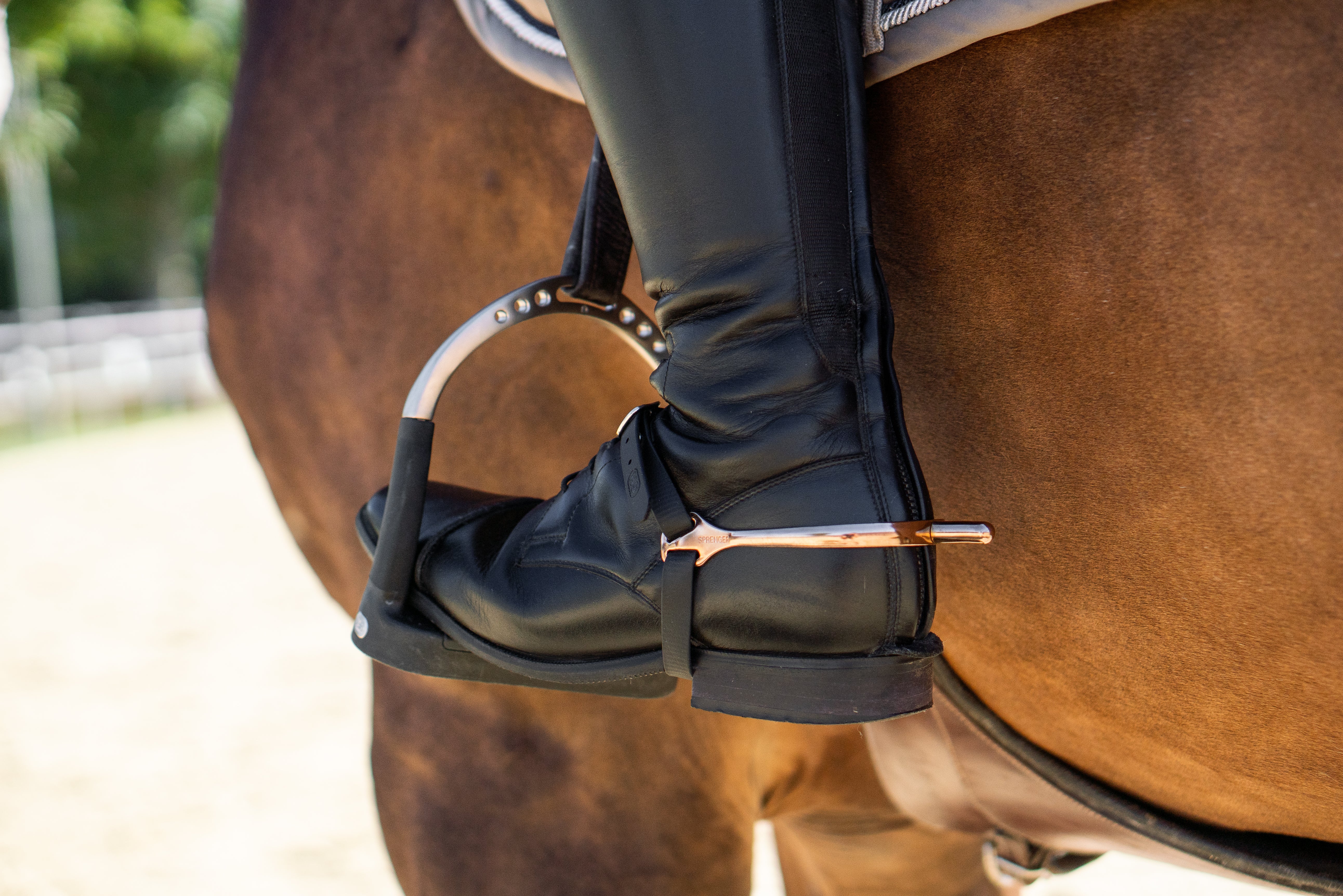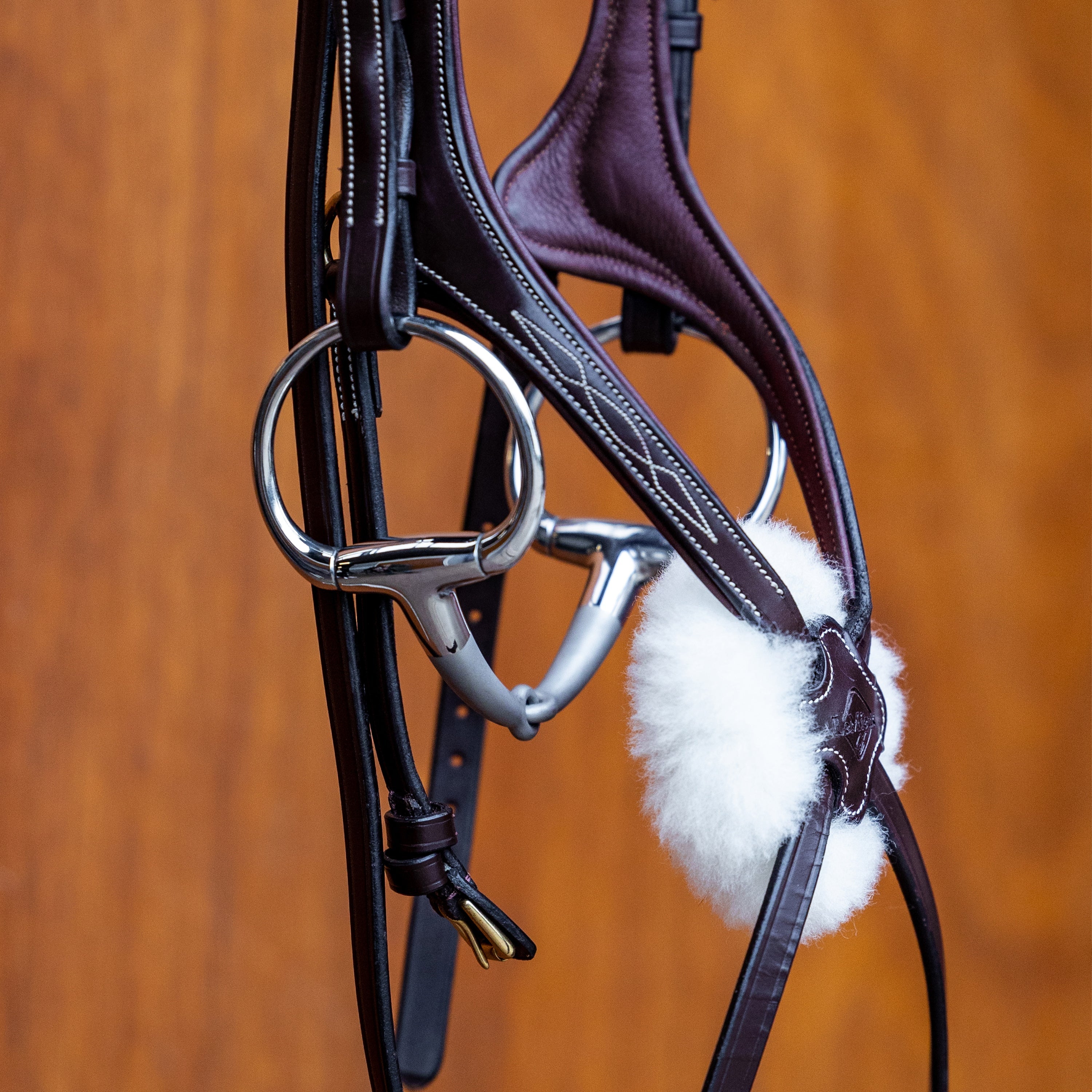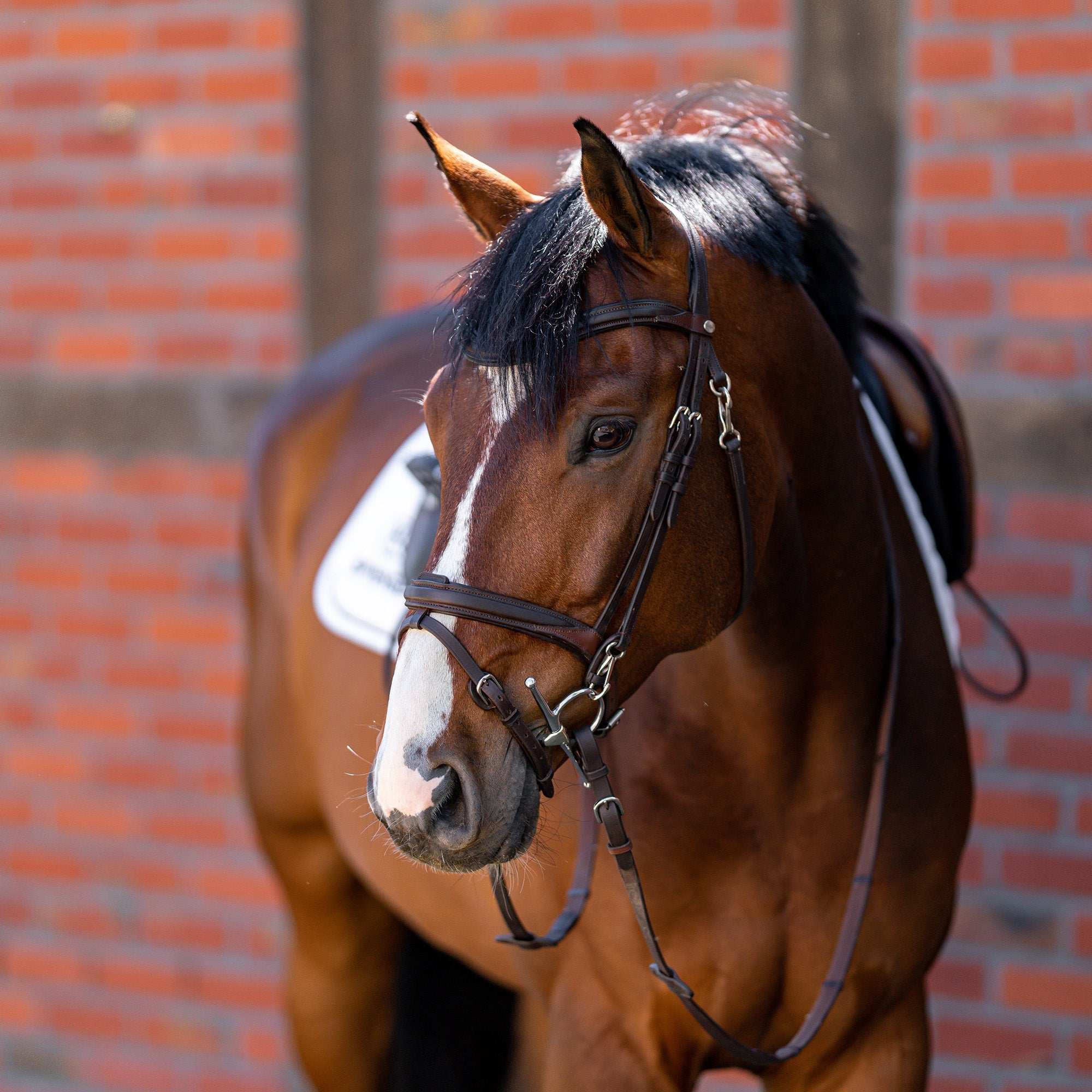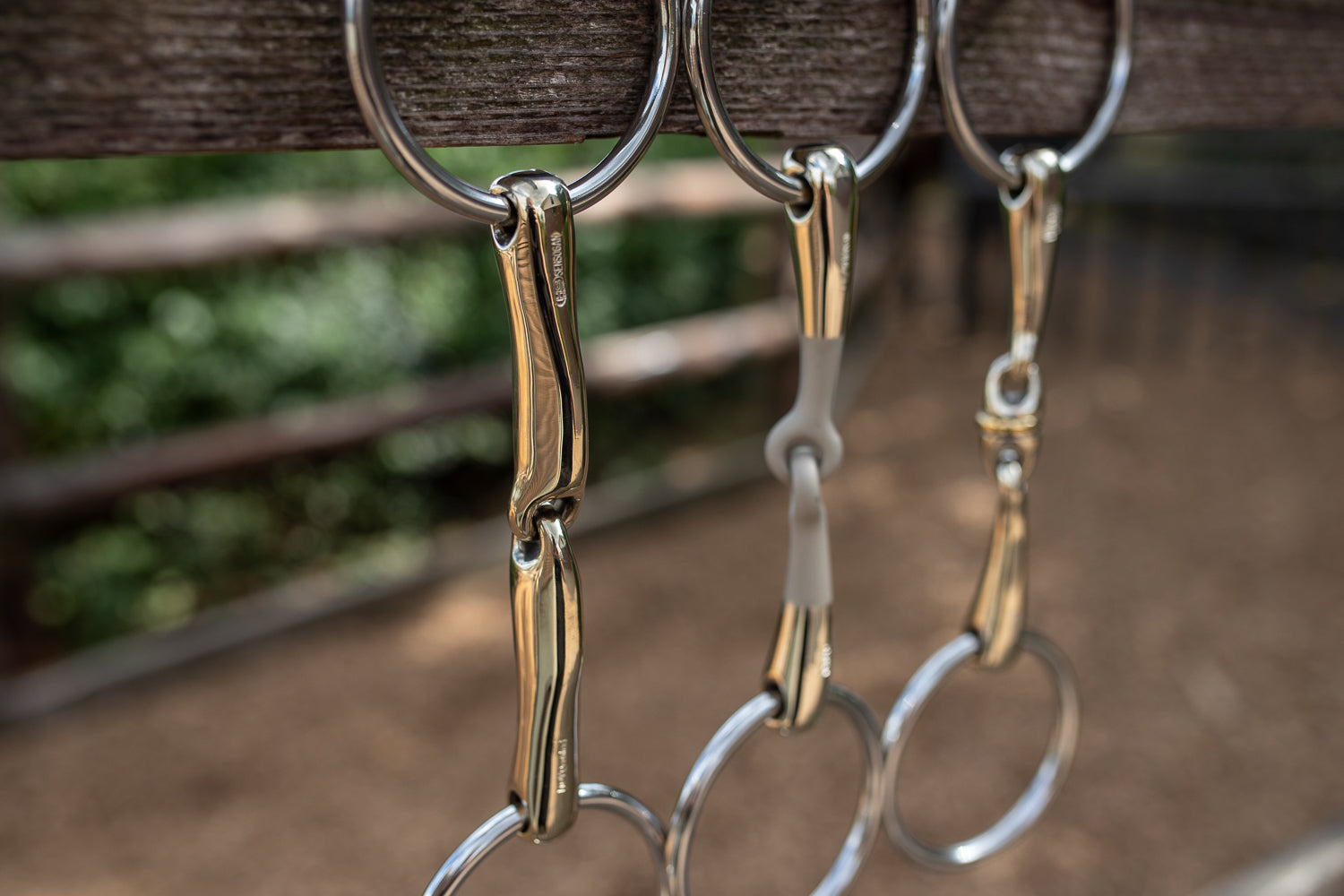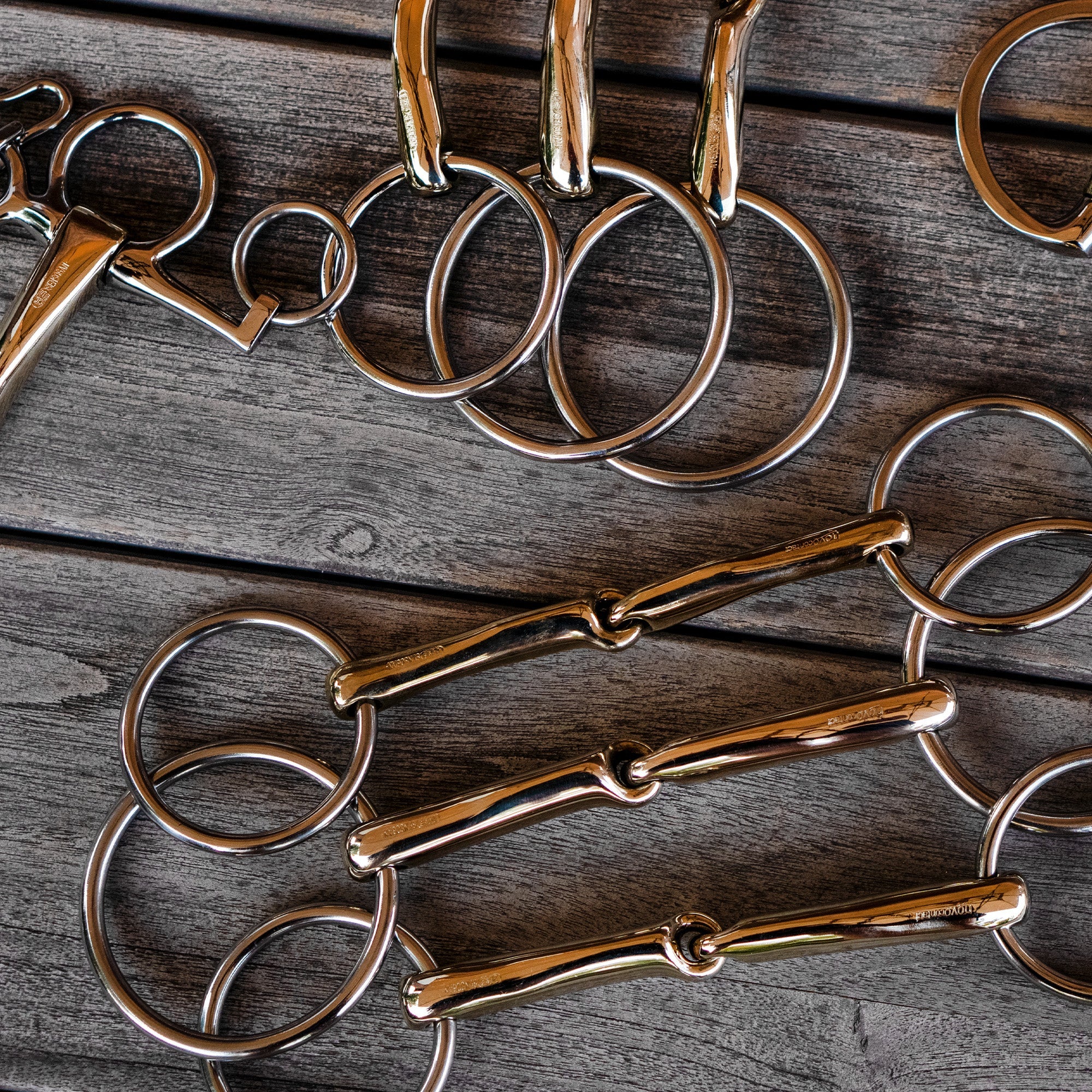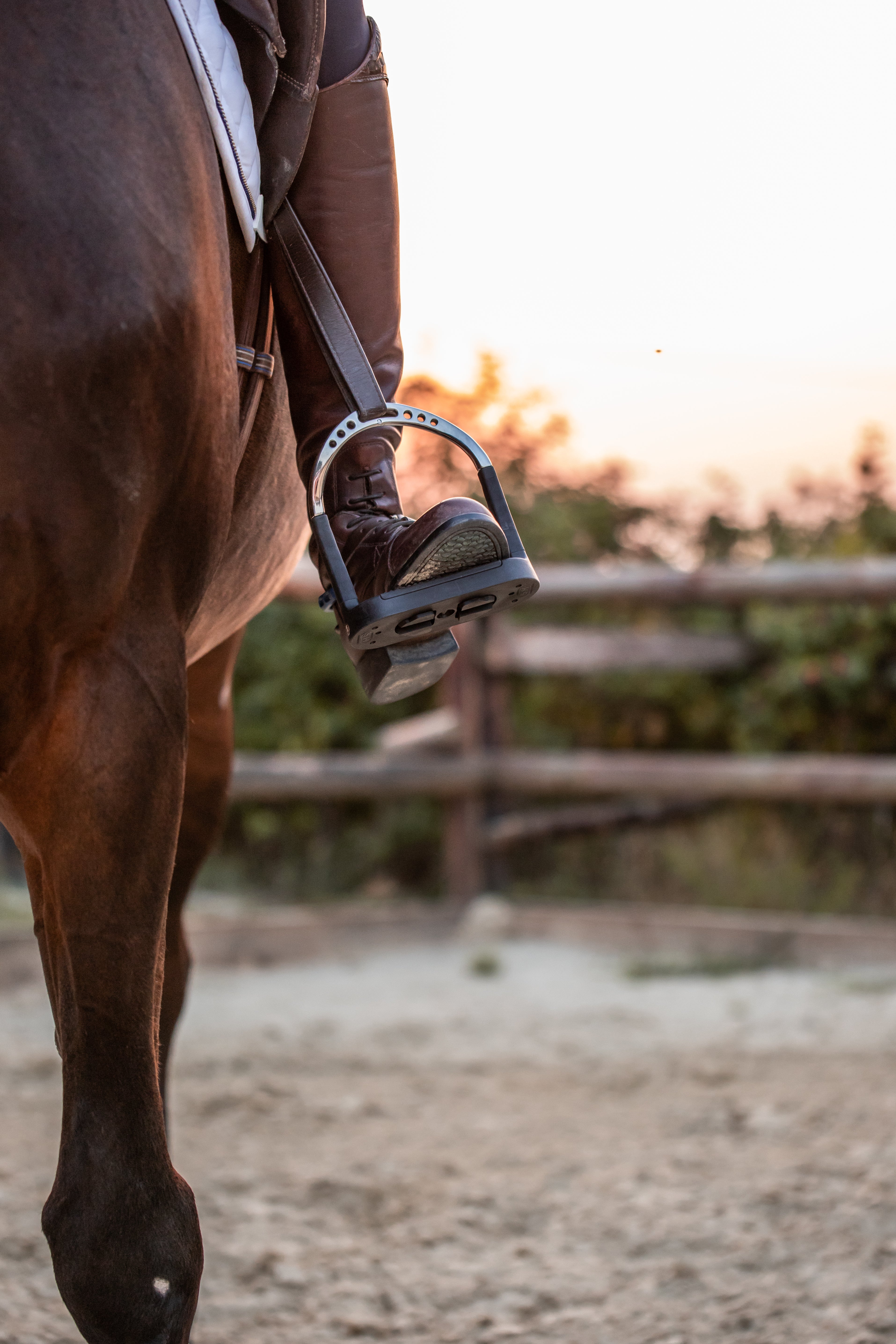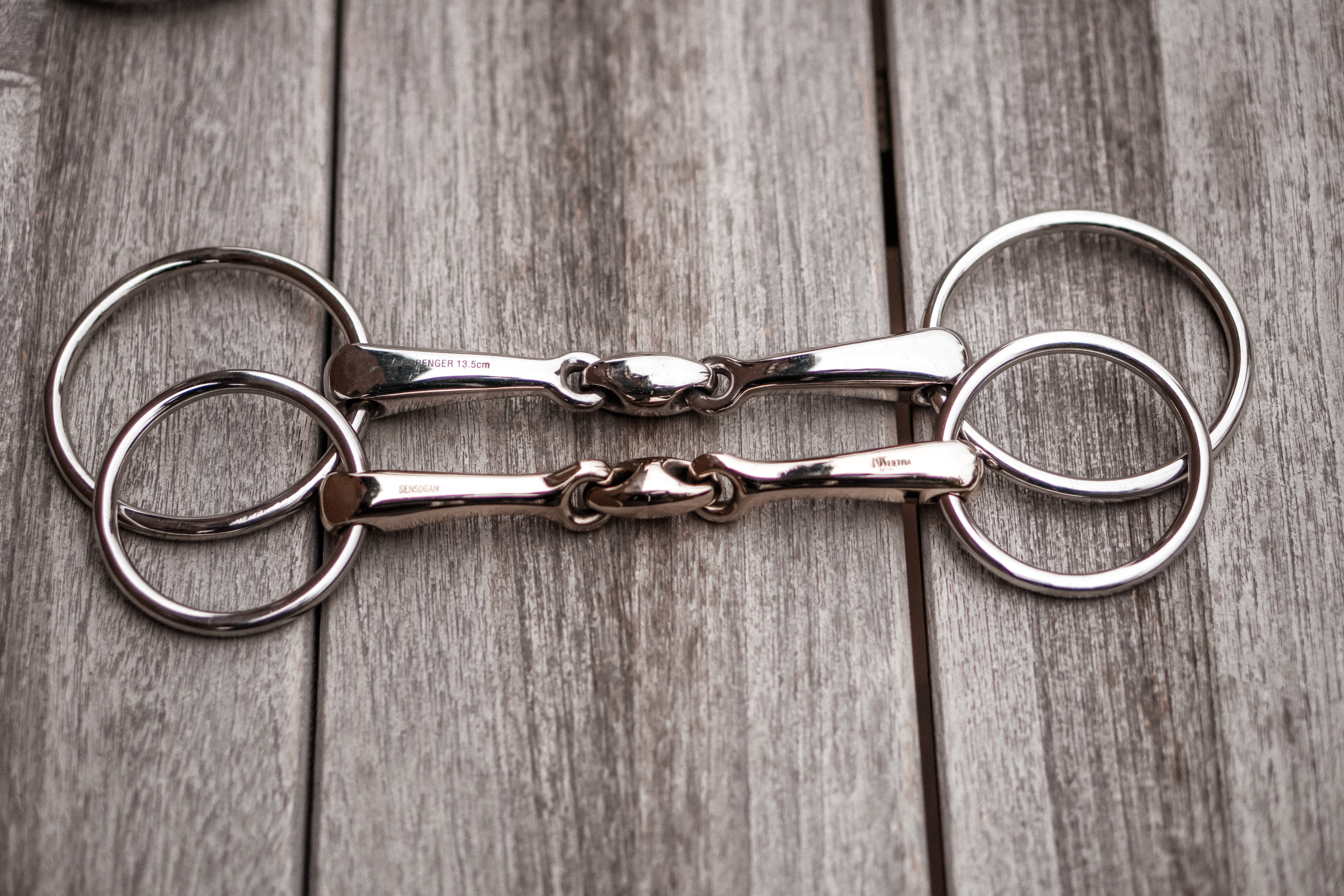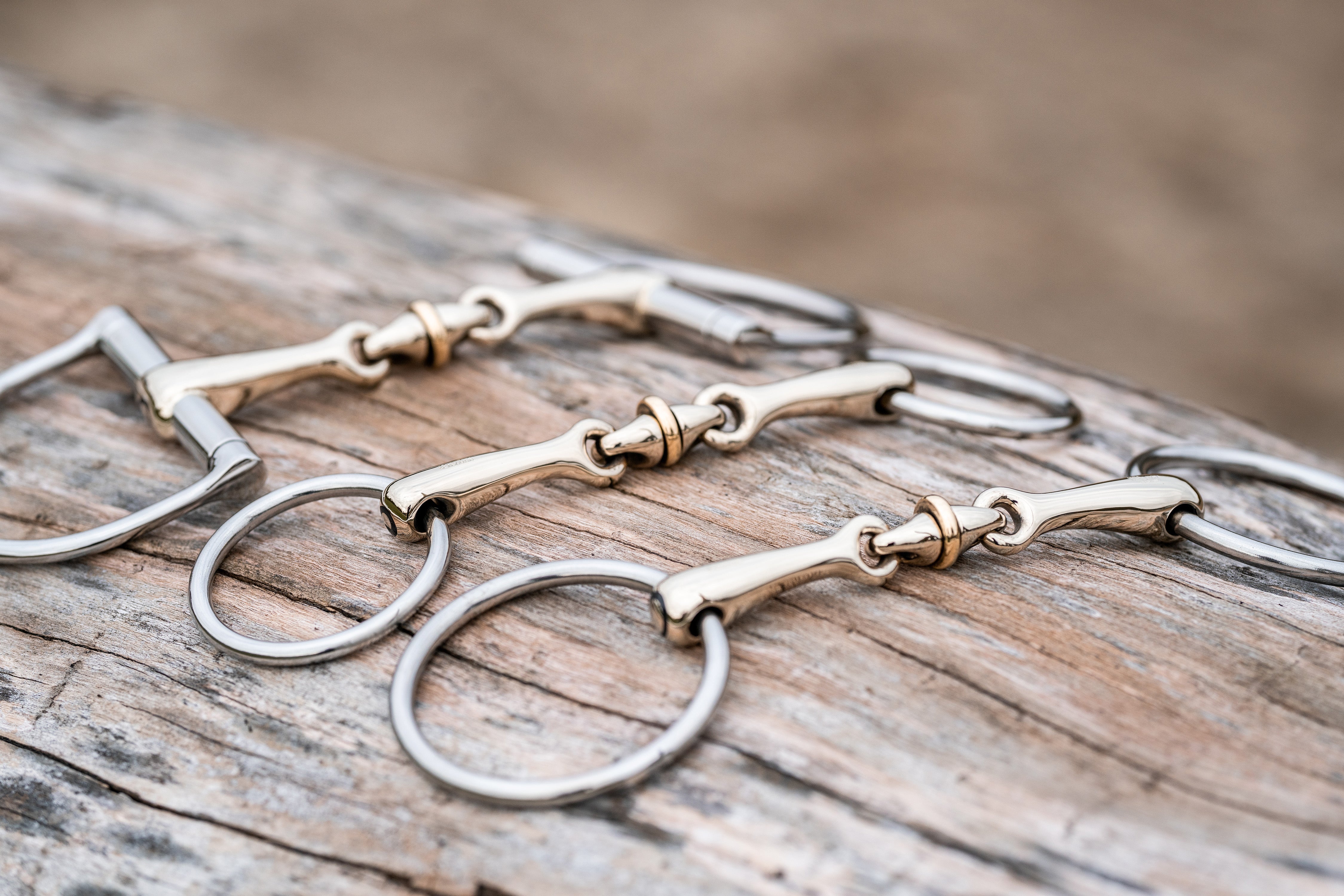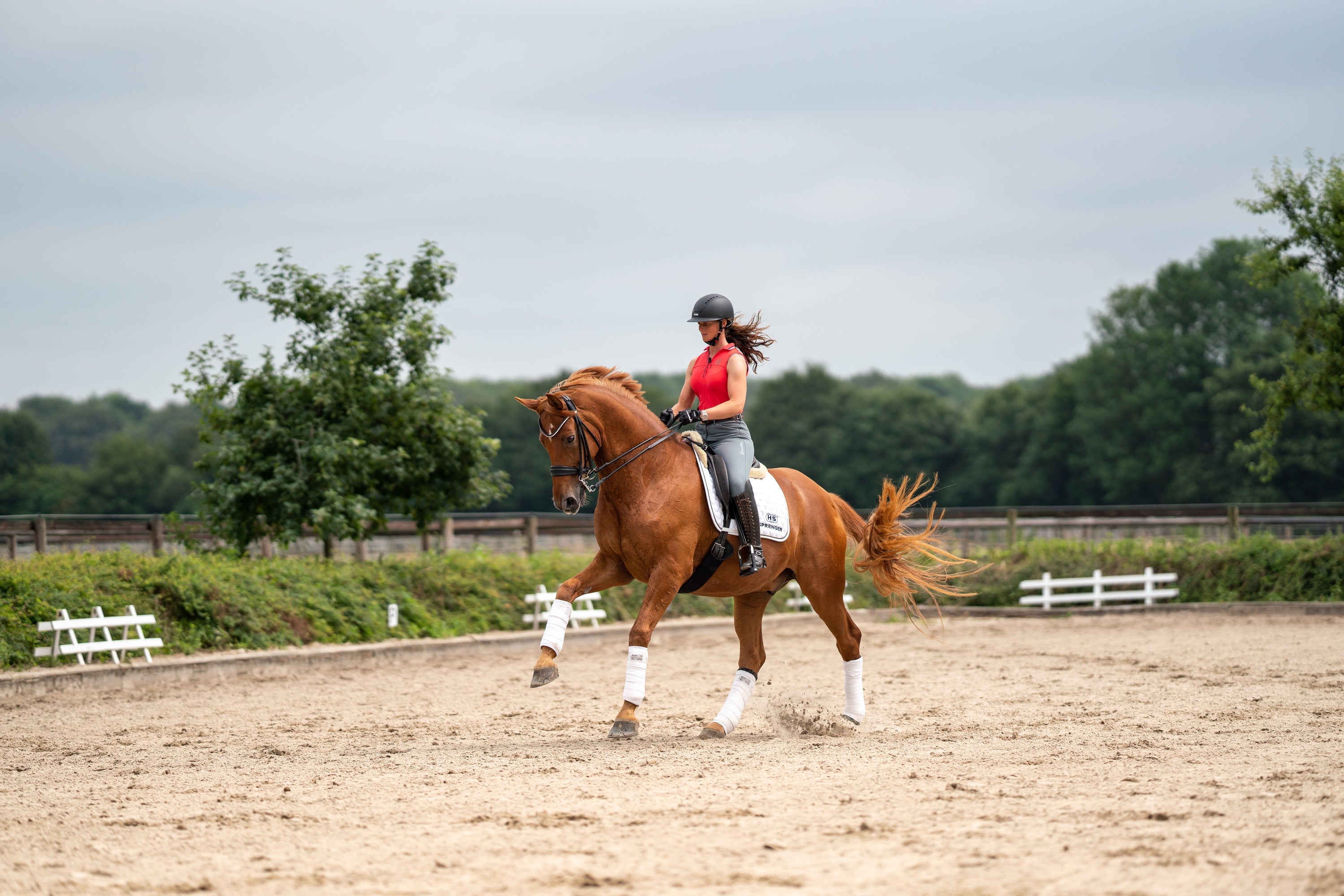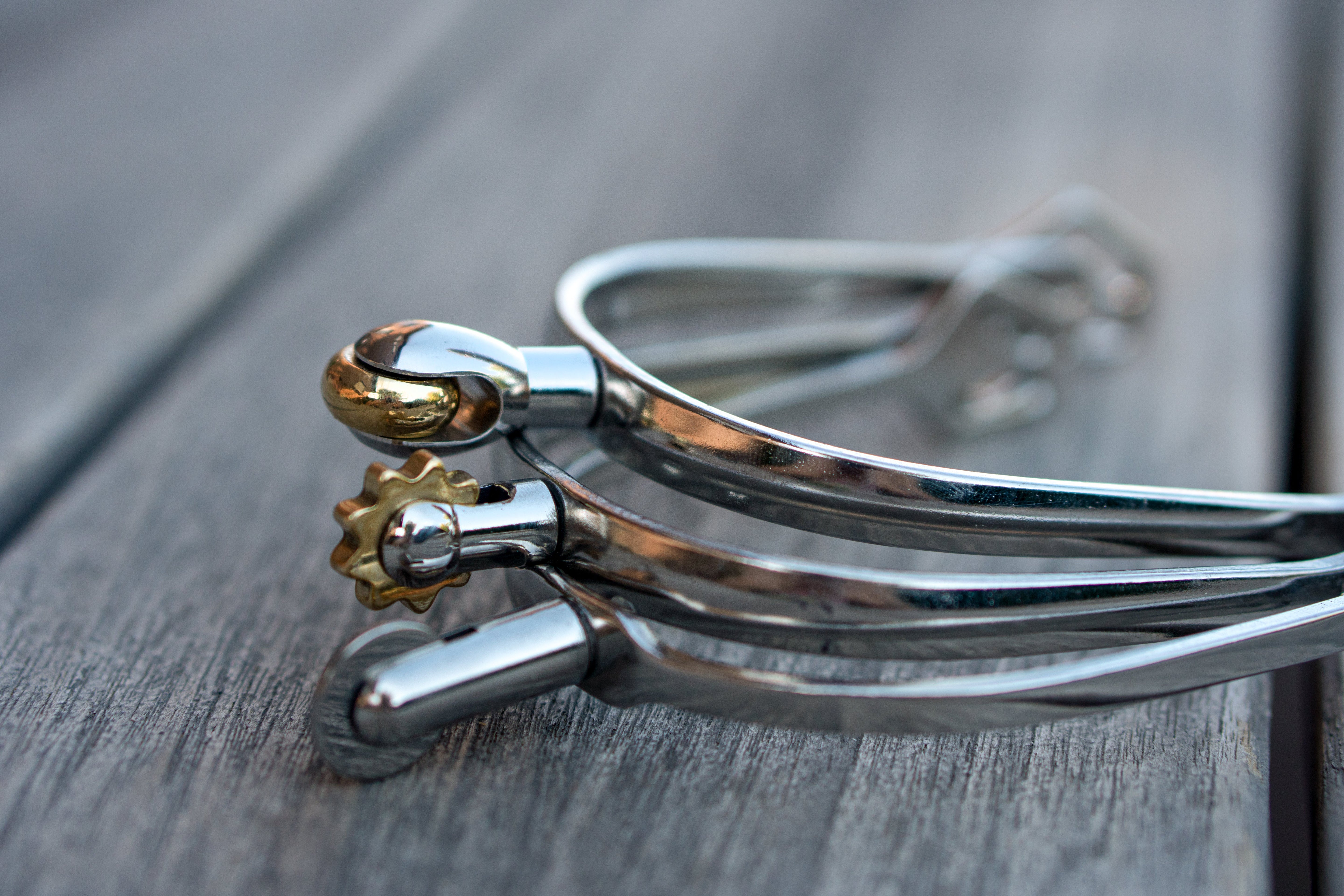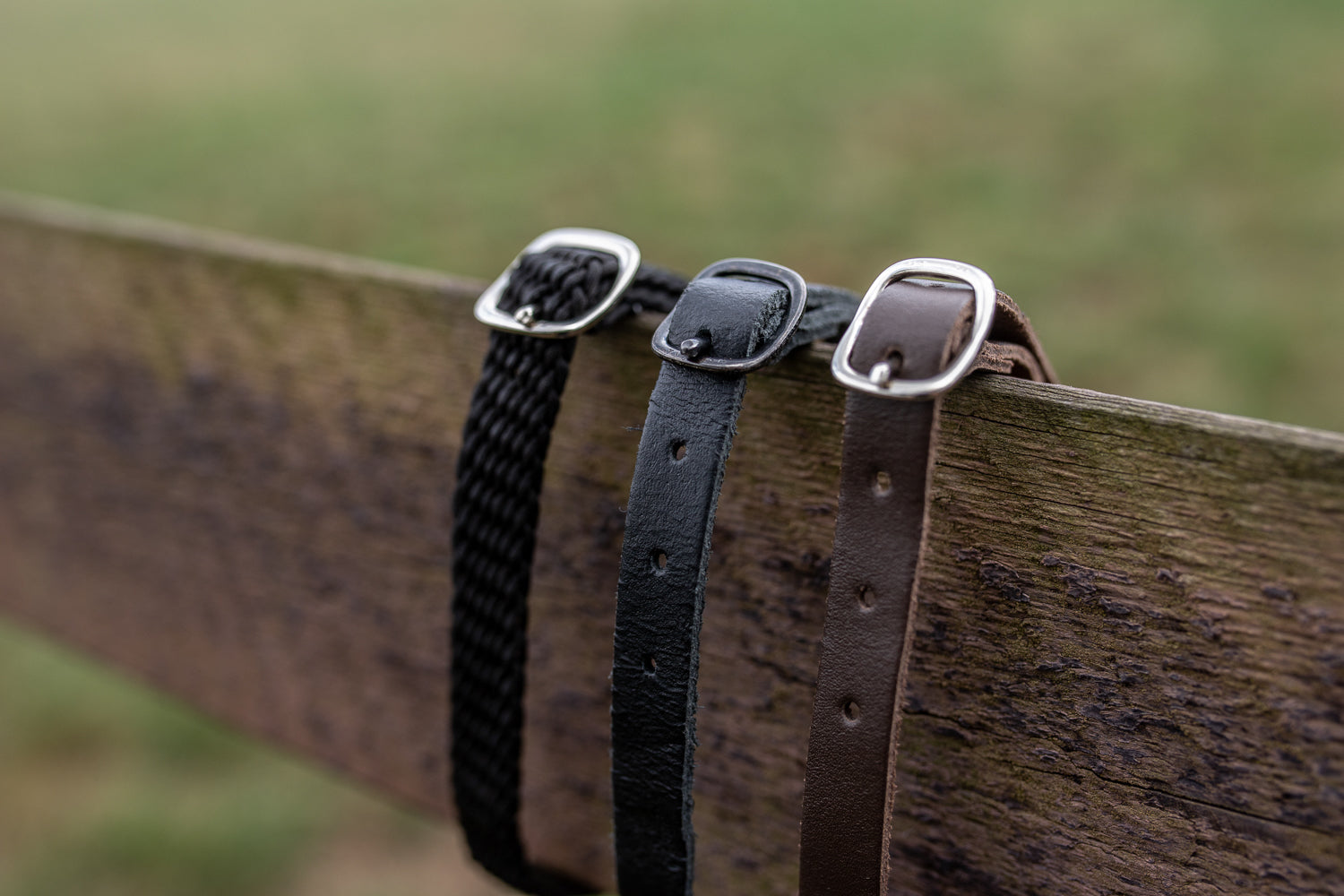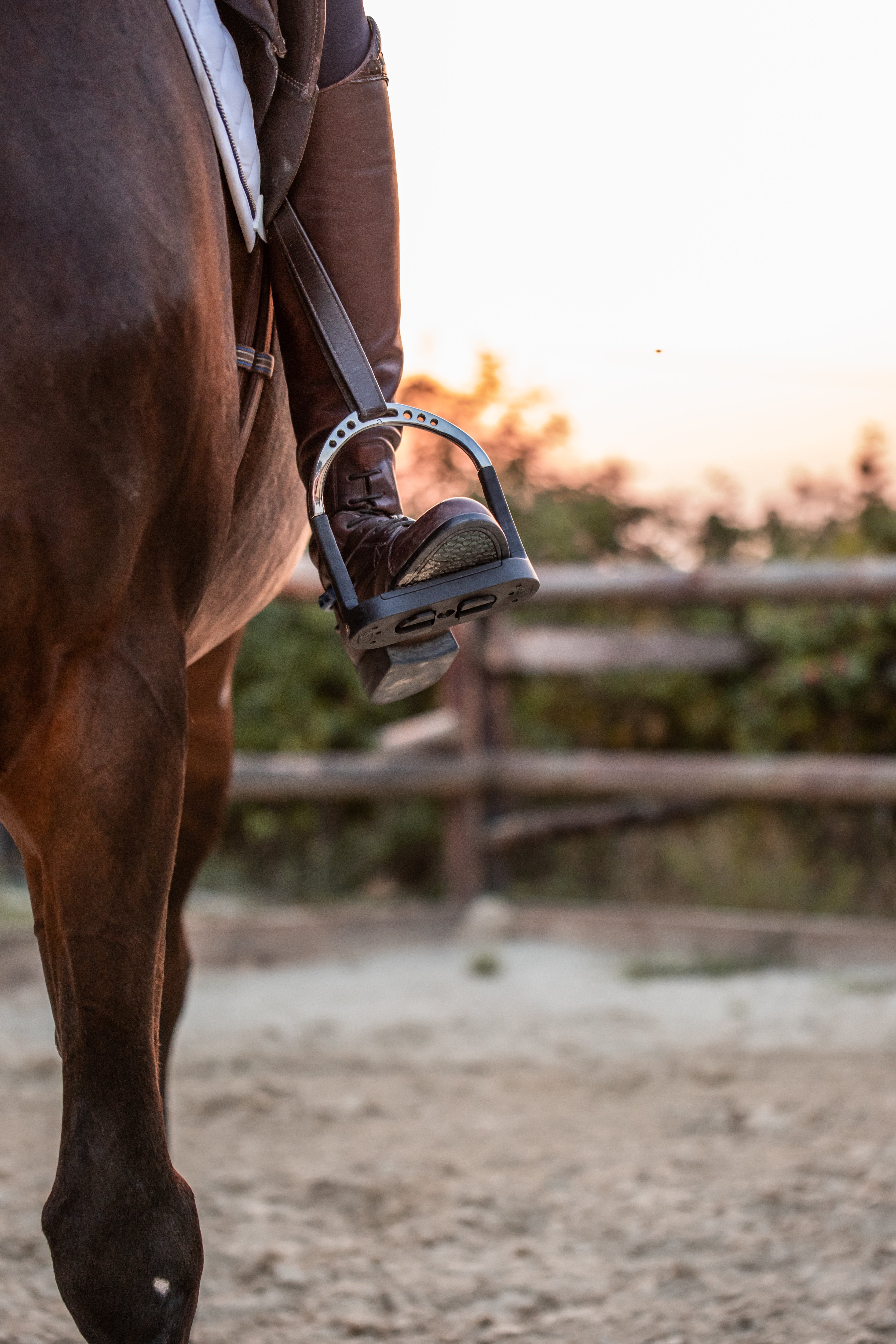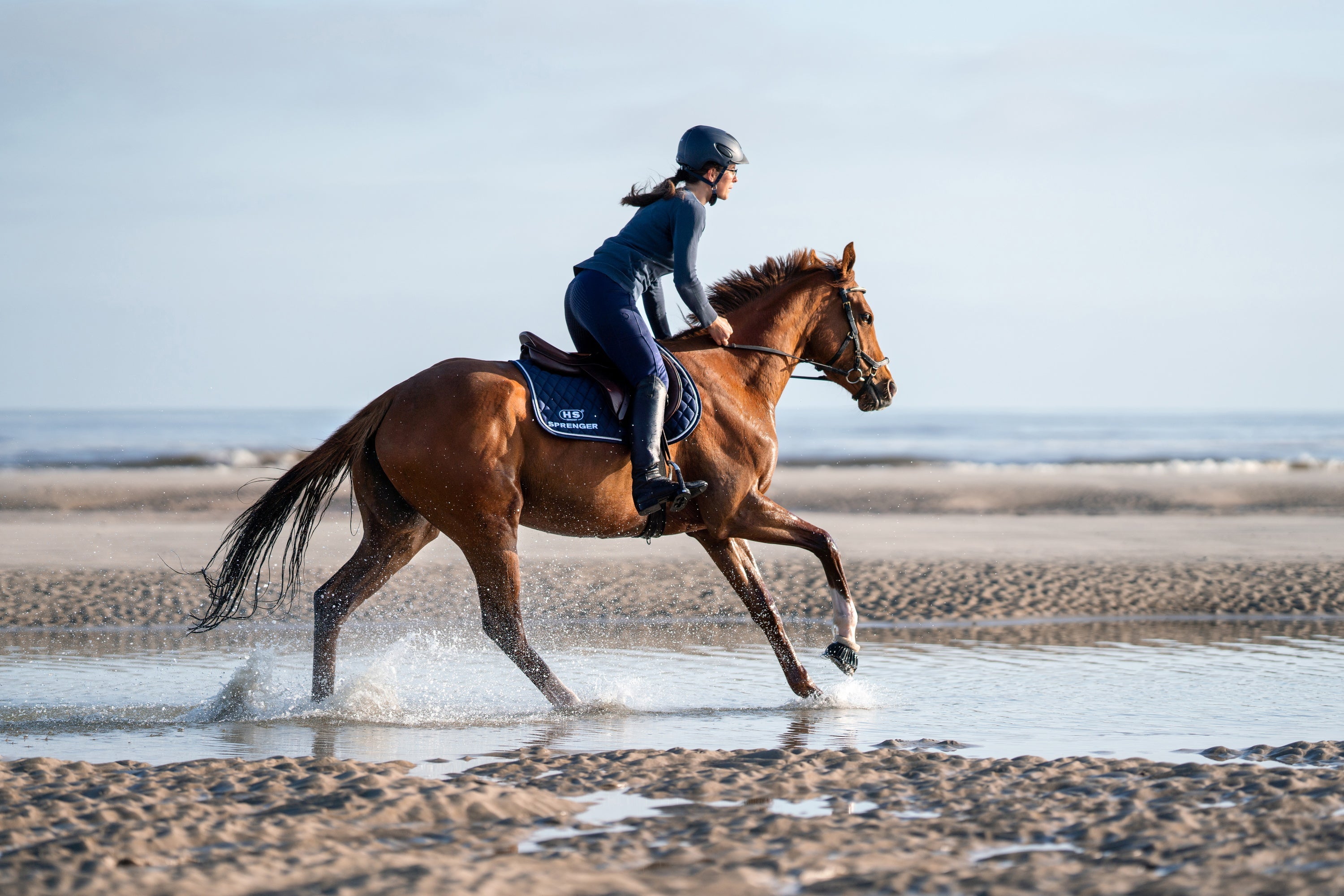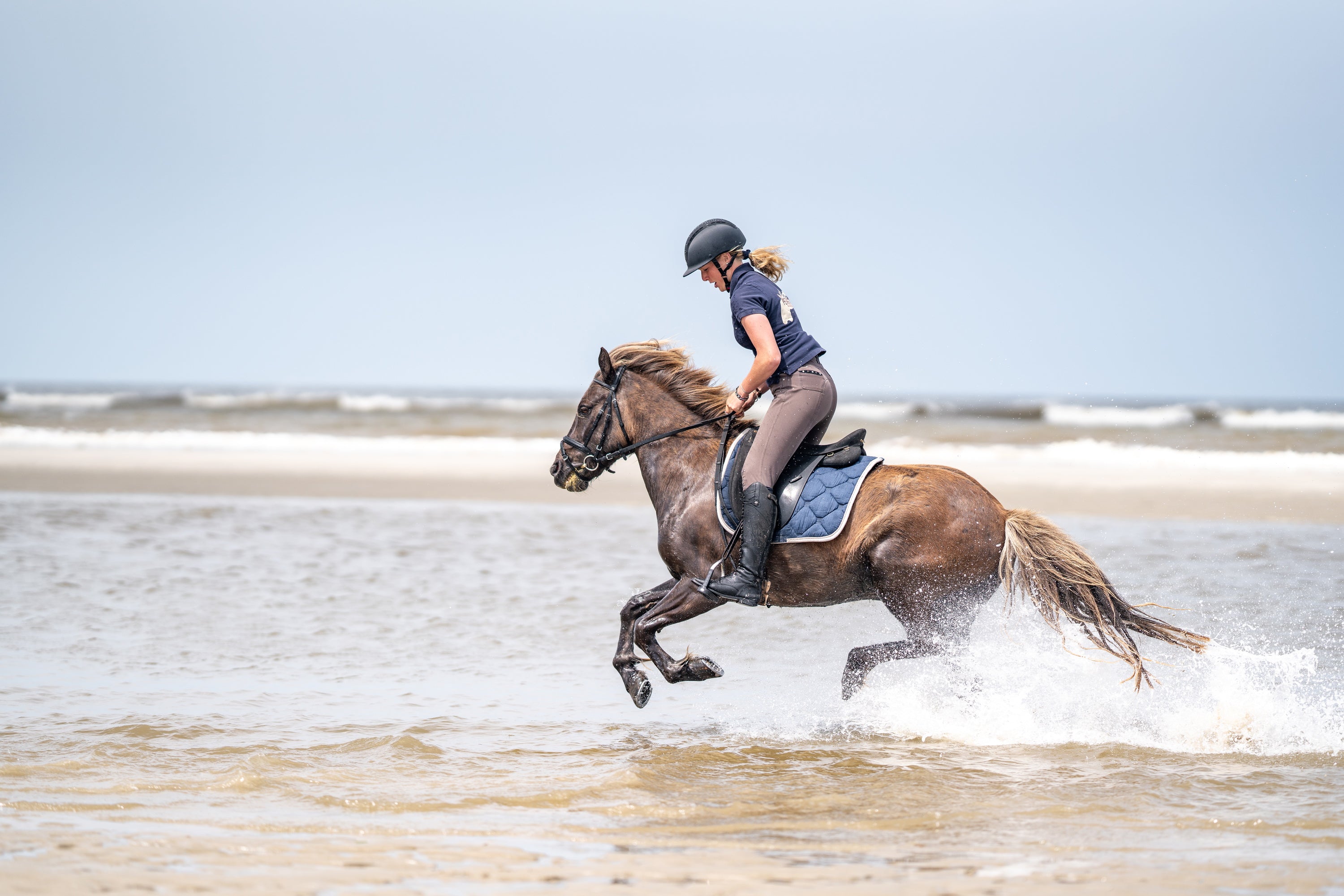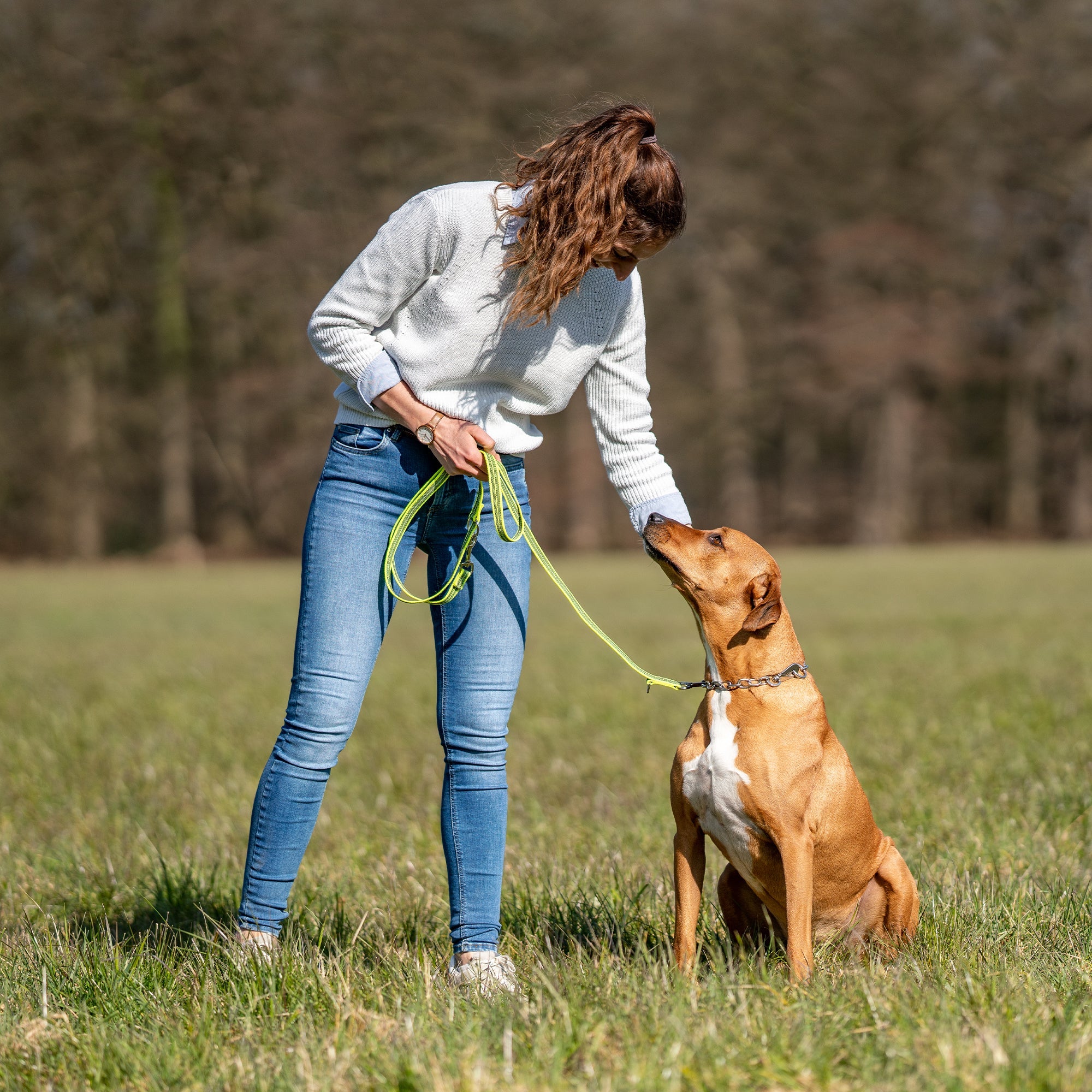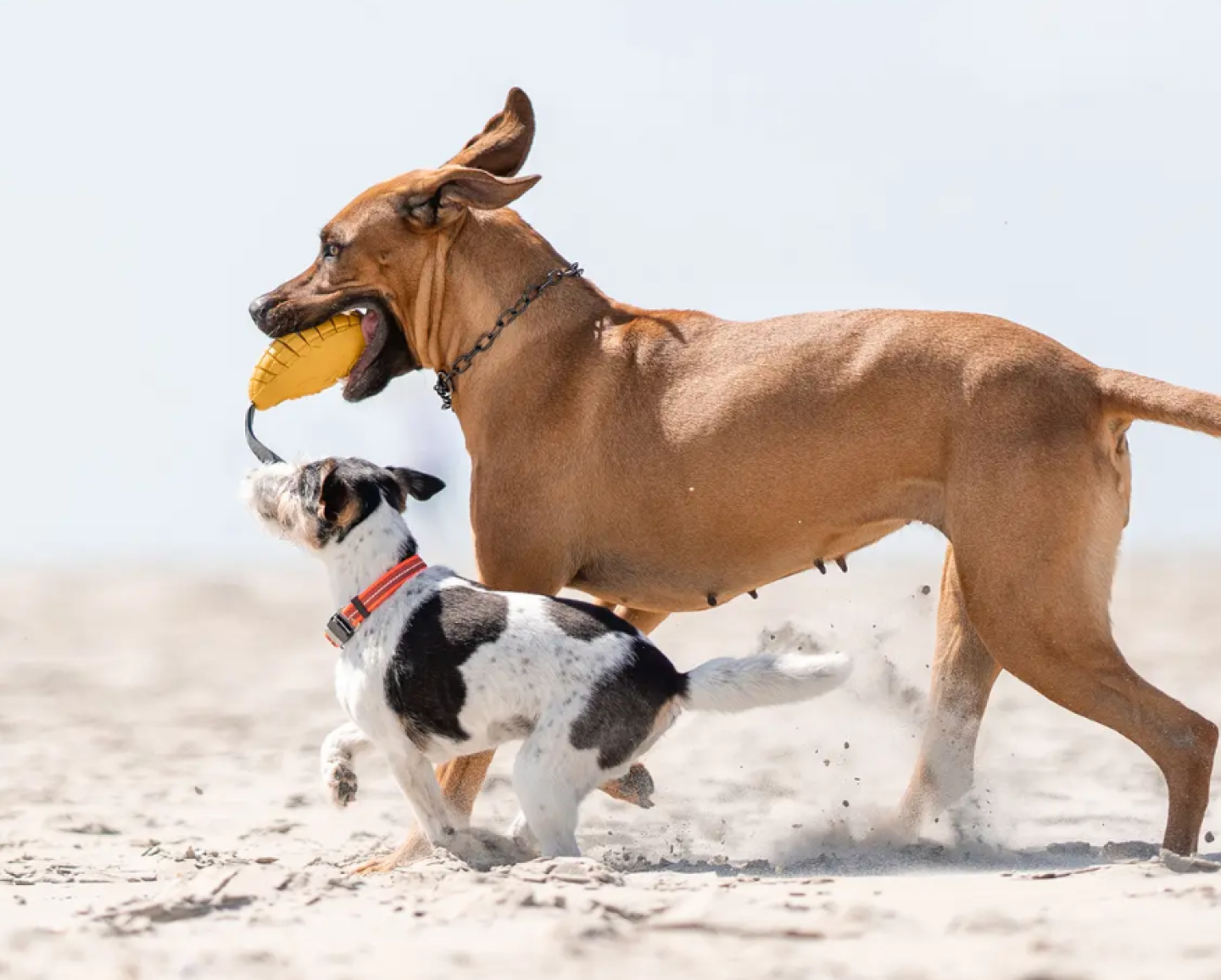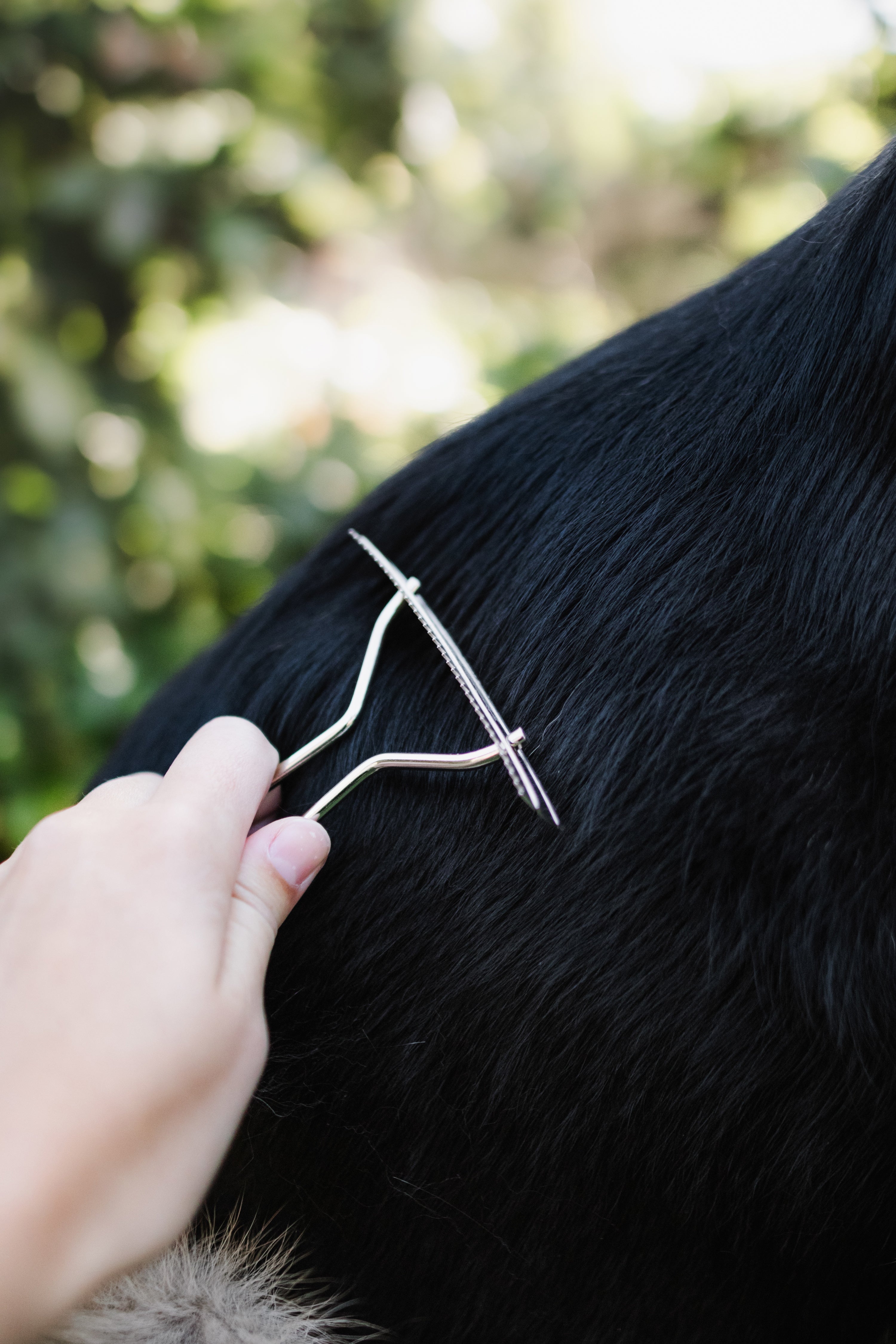
Proper coat care for dogs
Grooming your dog's coat is not only a great opportunity to strengthen the bond with your dog, it is also important for your dog's health and well-being. Regular and correct grooming is the only way to prevent the consequences of poor grooming such as matting, infections or parasites and to find and treat injuries at an early stage.
Grooming should be practiced from puppyhood to ensure that grooming becomes a pleasant experience rather than a necessary chore for both dog and owner.
What is good for a dog's coat?
The best thing for any dog's coat is regular grooming tailored to the coat type. The right coat care for dogs is so important, as it not only contributes to a more beautiful appearance, but also to increased well-being and can reflect your dog's state of health.
Depending on the breed and coat type, dog grooming can include brushing, combing, washing or even clipping and trimming the dog's coat.
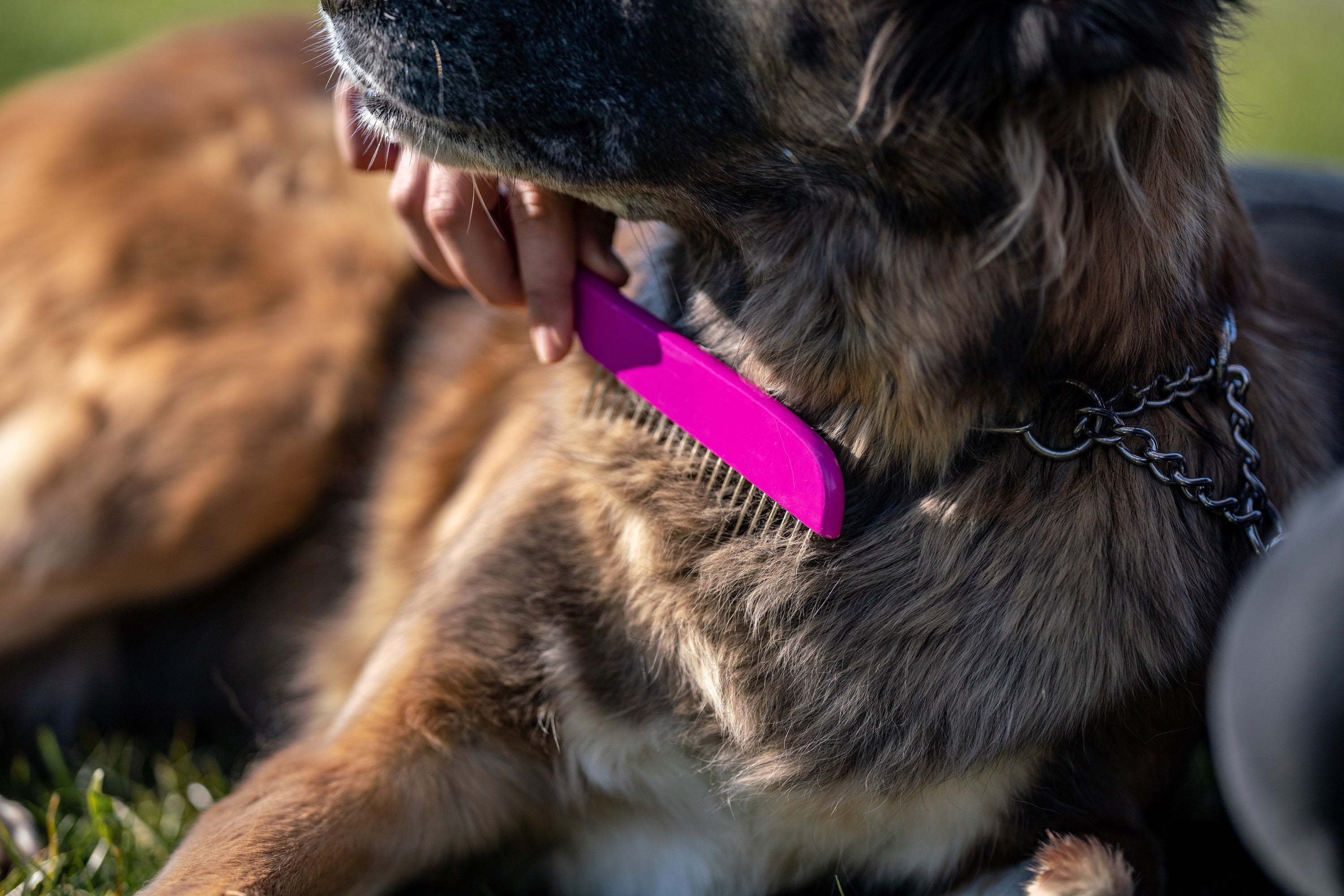
When do dogs shed their coats?
Dogs shed their fur twice a year, in spring and fall.
In spring, they shed their thick and far too warm winter coat.
In the fall, they shed their summer coat to make way for the new, warmer winter coat.
When do dogs shed their summer coat?
The shedding for summer usually takes place in spring. They start shedding as soon as the temperatures get warmer and usually shed the majority of their coat in April and May.
When do dogs shed their winter coat?
The shedding that makes way for the winter coat begins in the fall, as soon as it gets colder outside. Most dogs shed their summer coat in September and October, but the shedding process can also extend into November.
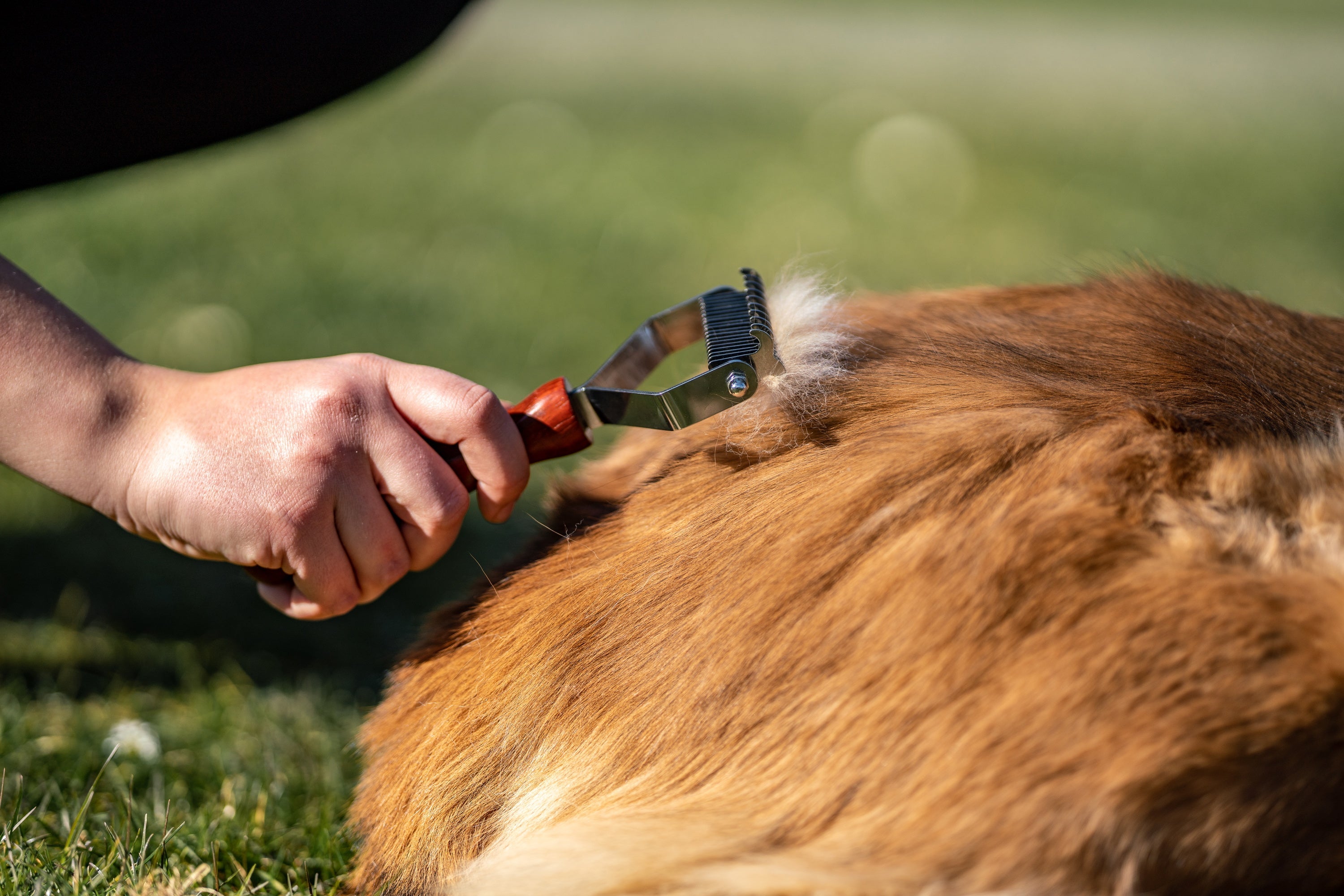
Undercoat and longhair coats: the right grooming regime
Proper grooming is particularly important for dogs with long coats and undercoats:
Normally, dogs shed a lot of their dead undercoat on their own. But the longer your dog's top coat is, the less this happens on its own. This is a problem for many dogs. The fine hairs of the undercoat often grow unevenly yet very densely, which can not only lead to matting but also damage the dog's skin as it cannot breathe properly.
To counteract this, regular combing once or twice a week is important. If tangles have already formed in the dog's coat, special dog scrapers and undercoat brushes can help to loosen them, thin out the thick undercoat whilst protecting the top coat.
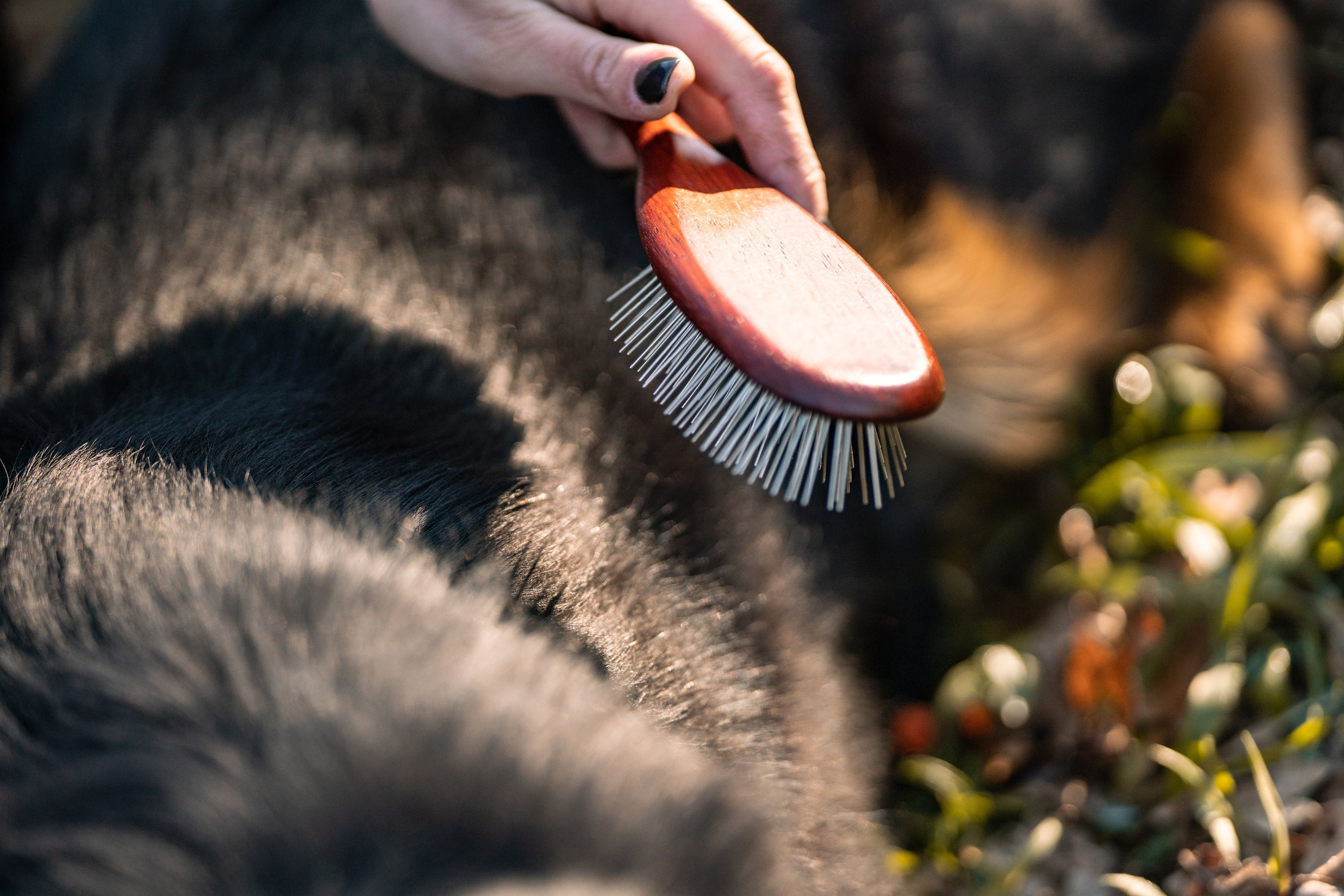
Matted dog: what should you do?
Dogs with long, fine coats with little or no undercoat should also be given high priority when it comes to grooming. The top coat of such dogs grows continuously, just like our own hair. As soon as the hair has finished growing, it dies and can become tangled in the coat and lead to matting. With longer hair, there is also the occasional risk of twigs getting caught or unsightly matting caused by friction.
Particularly in sensitive areas such as behind the ears, on the tail or on the belly, annoying matting can quickly occur. It is therefore advisable to use a suitable brush to remove dead hair and loose fur regularly, about once or twice a week and as required after walks.
Dog matted behind the ears
A dog's ears are a sensitive area of the dog's body. Depending on the type of ear, matting can occur not only behind the ears but also on the edge of the ears or inside. This is particularly dangerous. Accordingly, the ears should be checked regularly as part of the dog's grooming routine.
If there are tangles behind the ears, you can carefully try to remove them with a comb. If the matting is already too severe, the fur on the ears is particularly thick or the ears are particularly sensitive to grooming or prone to ear infections, the matted areas should be carefully trimmed. If you are unsure where the matting ends and the dog's ear begins, you can also have the area removed by a vet or dog groomer.
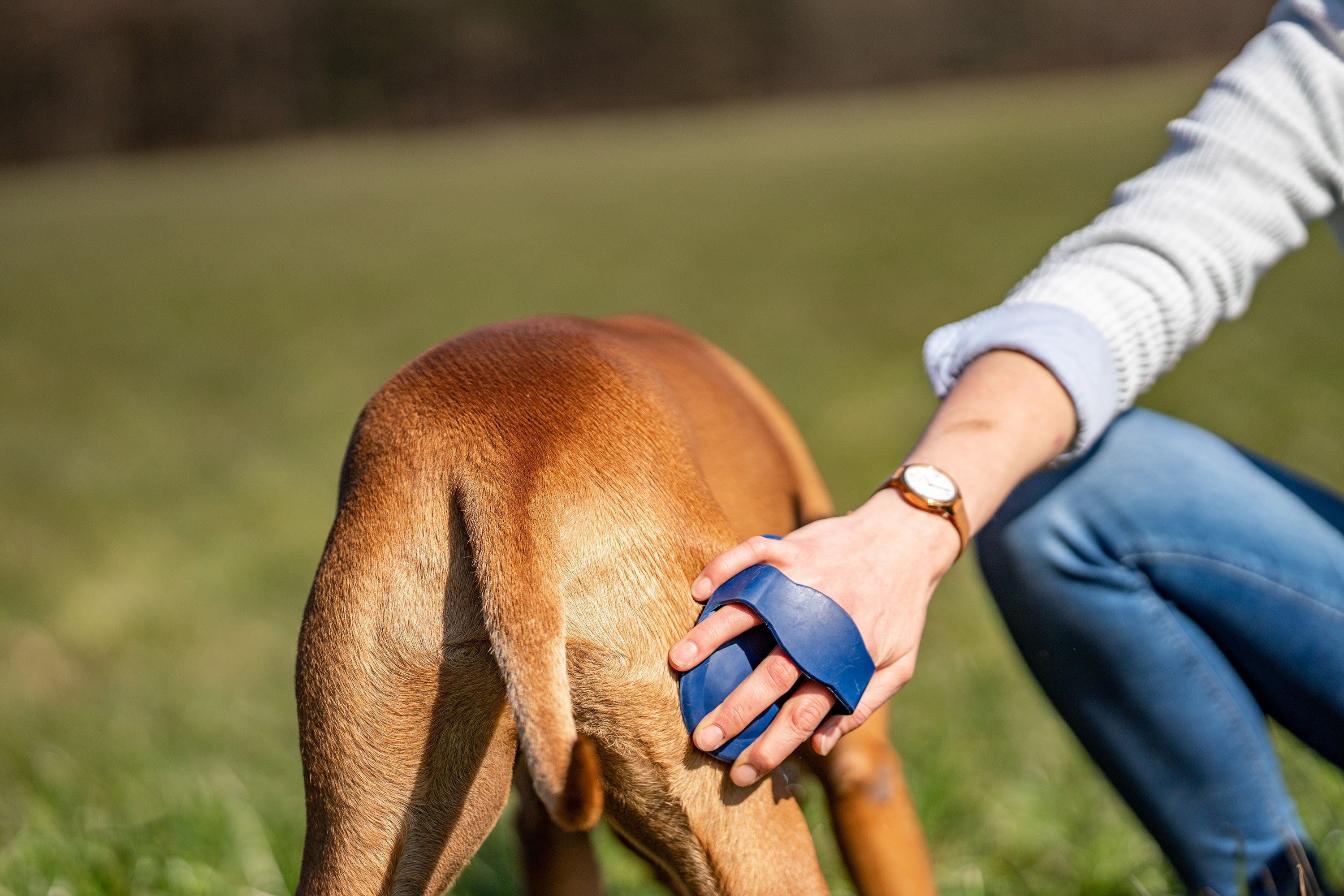
Grooming short-haired dogs
Short-haired dogs deserve proper grooming too! Although tangles and undergrowth in the hair are rather rare, the coat and skin should still be checked weekly. Brushes with natural bristles or rubber brushes are ideal for grooming short-haired dogs. When brushing, you should always brush in the direction of growth - this not only makes the hair shiny, but also stimulates blood circulation and is good for your dog's skin.
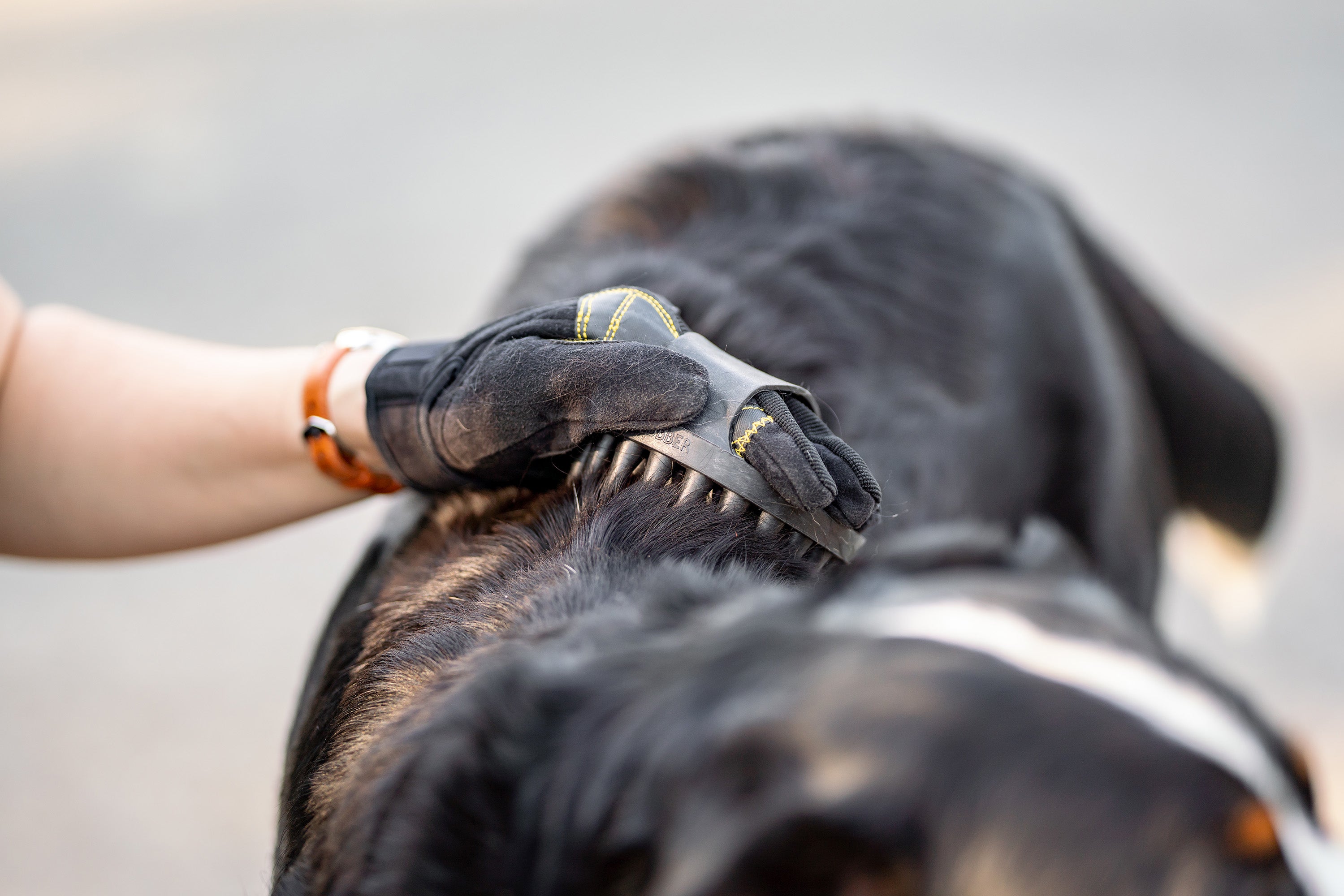
Bathing short-coated dogs
As a general rule, all dogs should be bathed as rarely as possible and as often as necessary. The ingredients in dog shampoos affect the skin flora of dogs and can damage it if they are bathed too often. The right utensils can help you to ensure that your dog gets really clean during his bath: Rubber brushes distribute the shampoo deeply and evenly in the dog's coat and give your dog a pleasant massage at the same time.
Our SPRENGER dog grooming products
PART OF YOUR PASSION.

